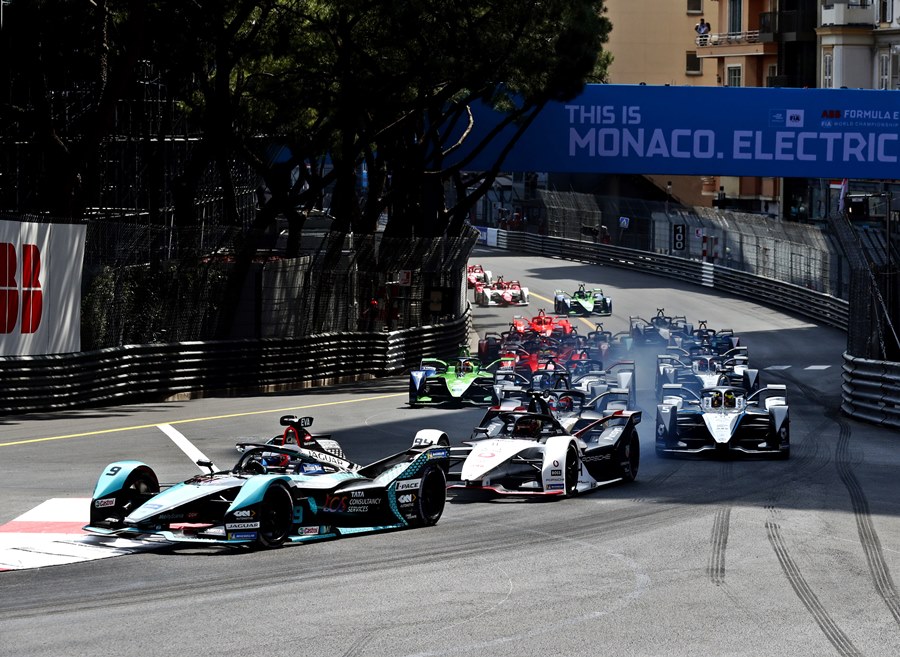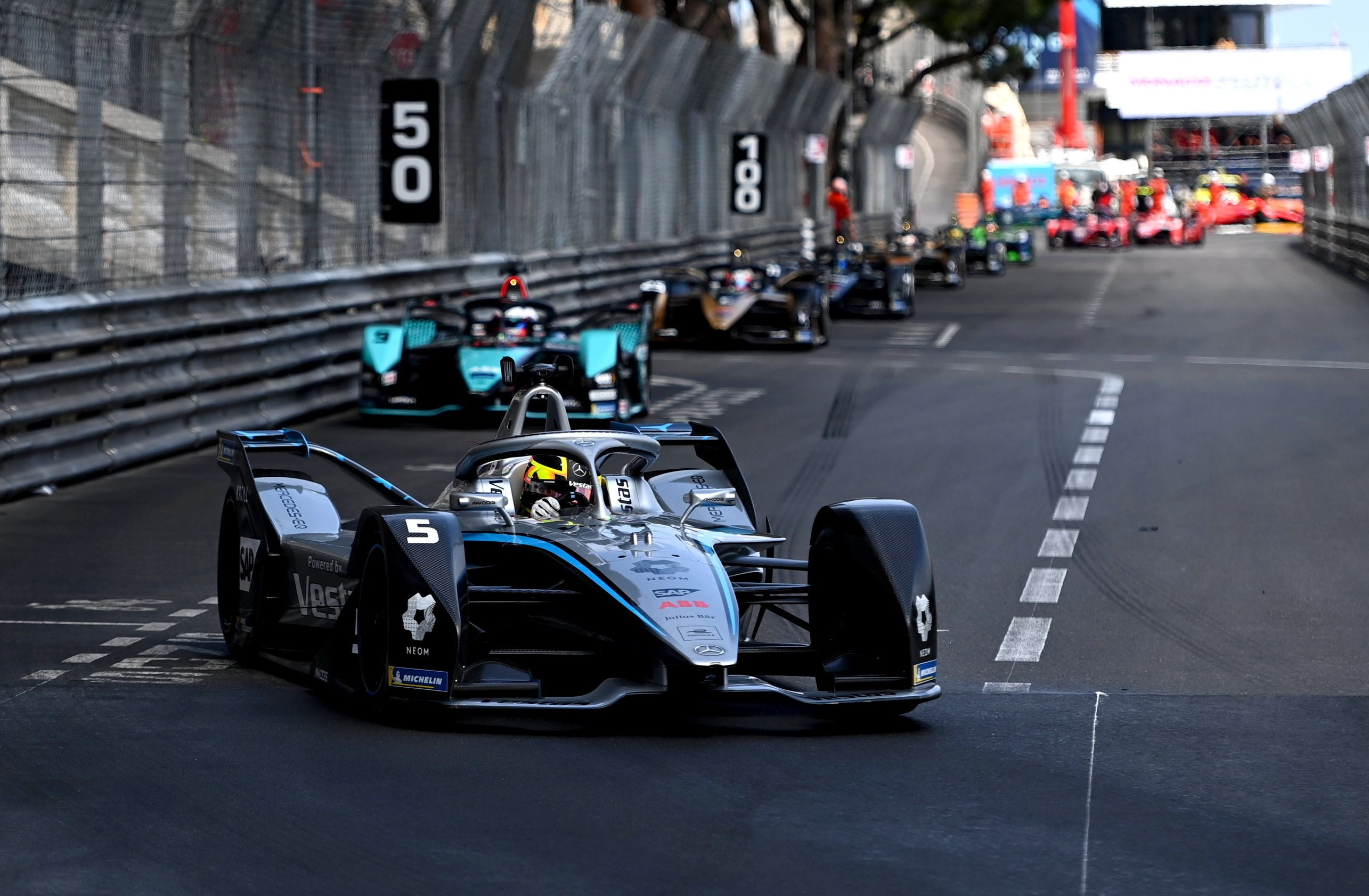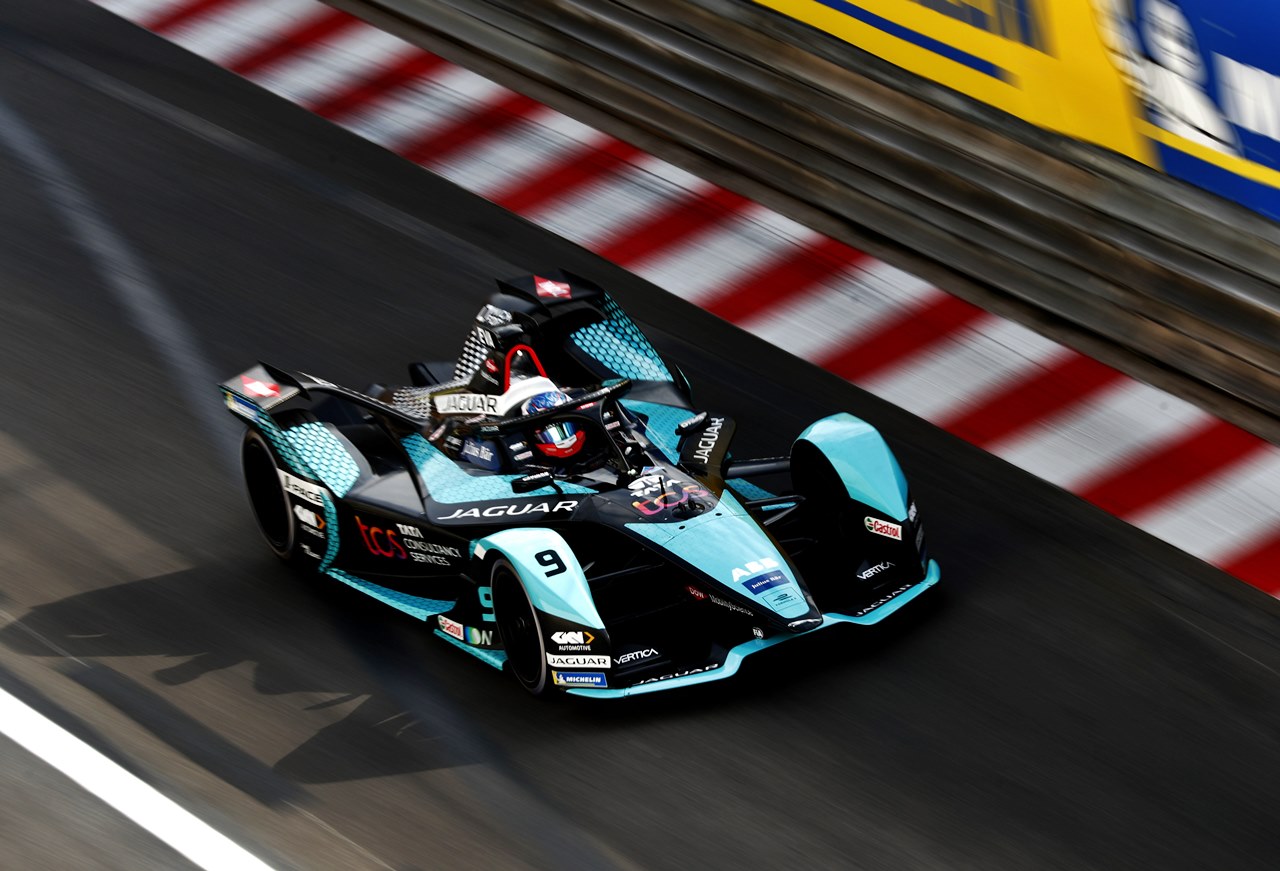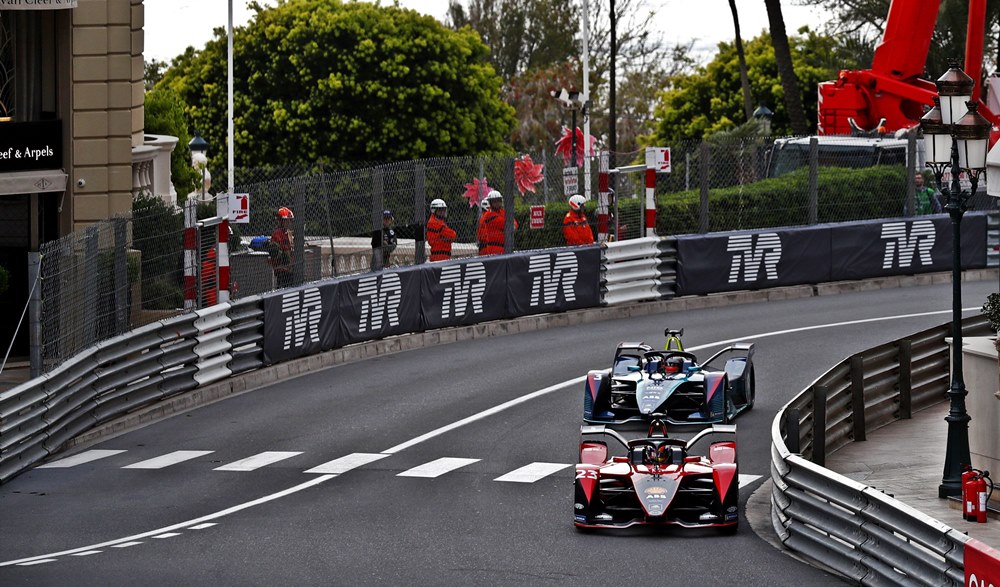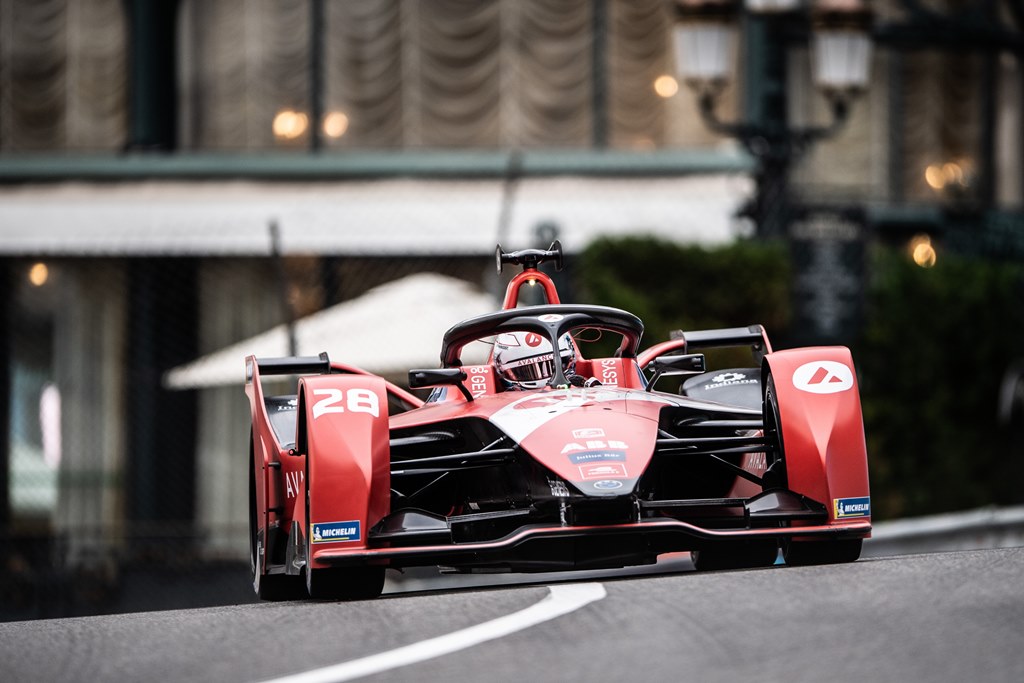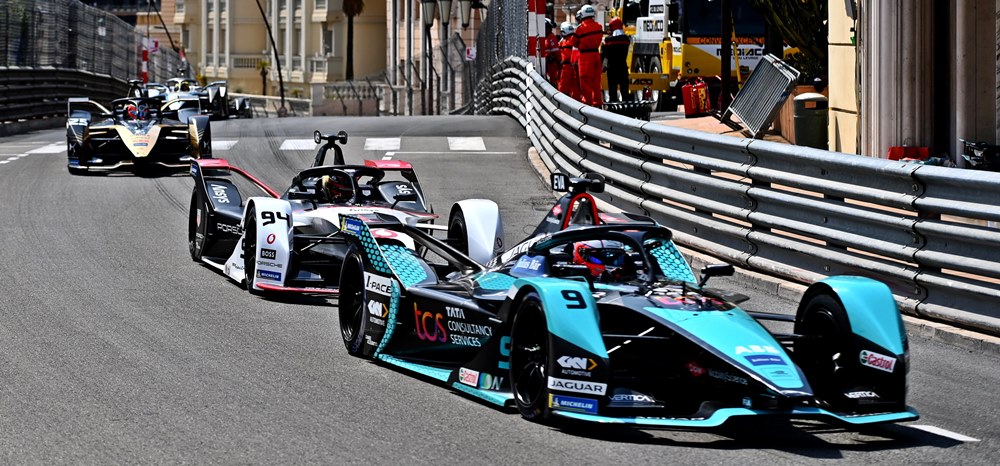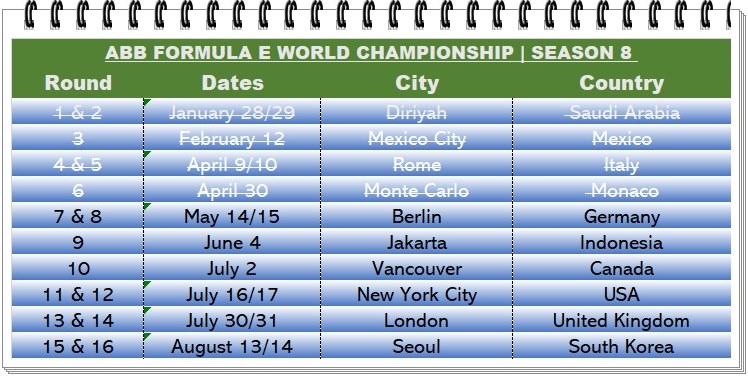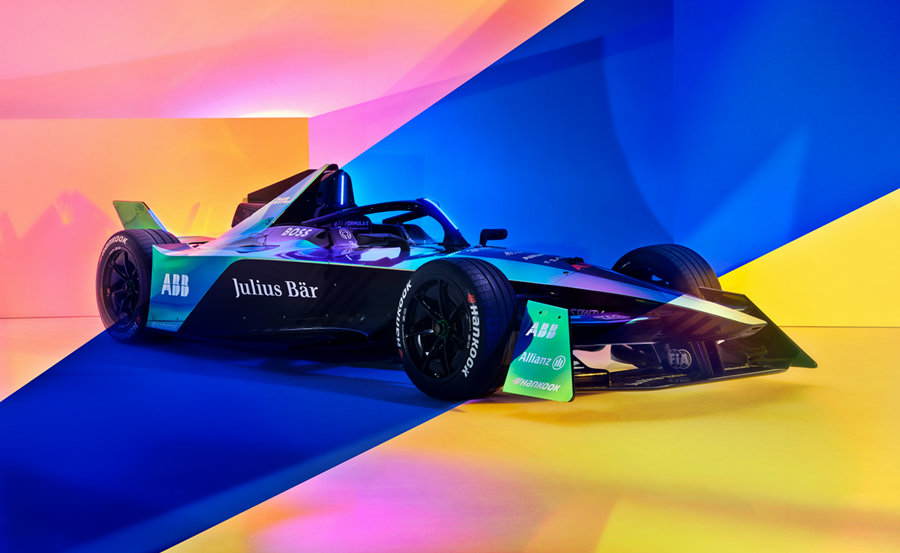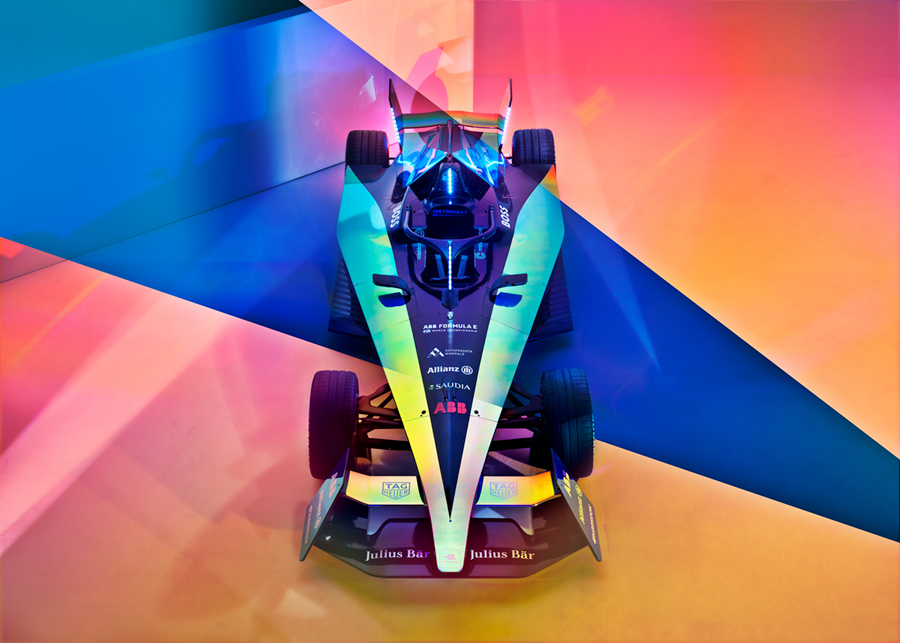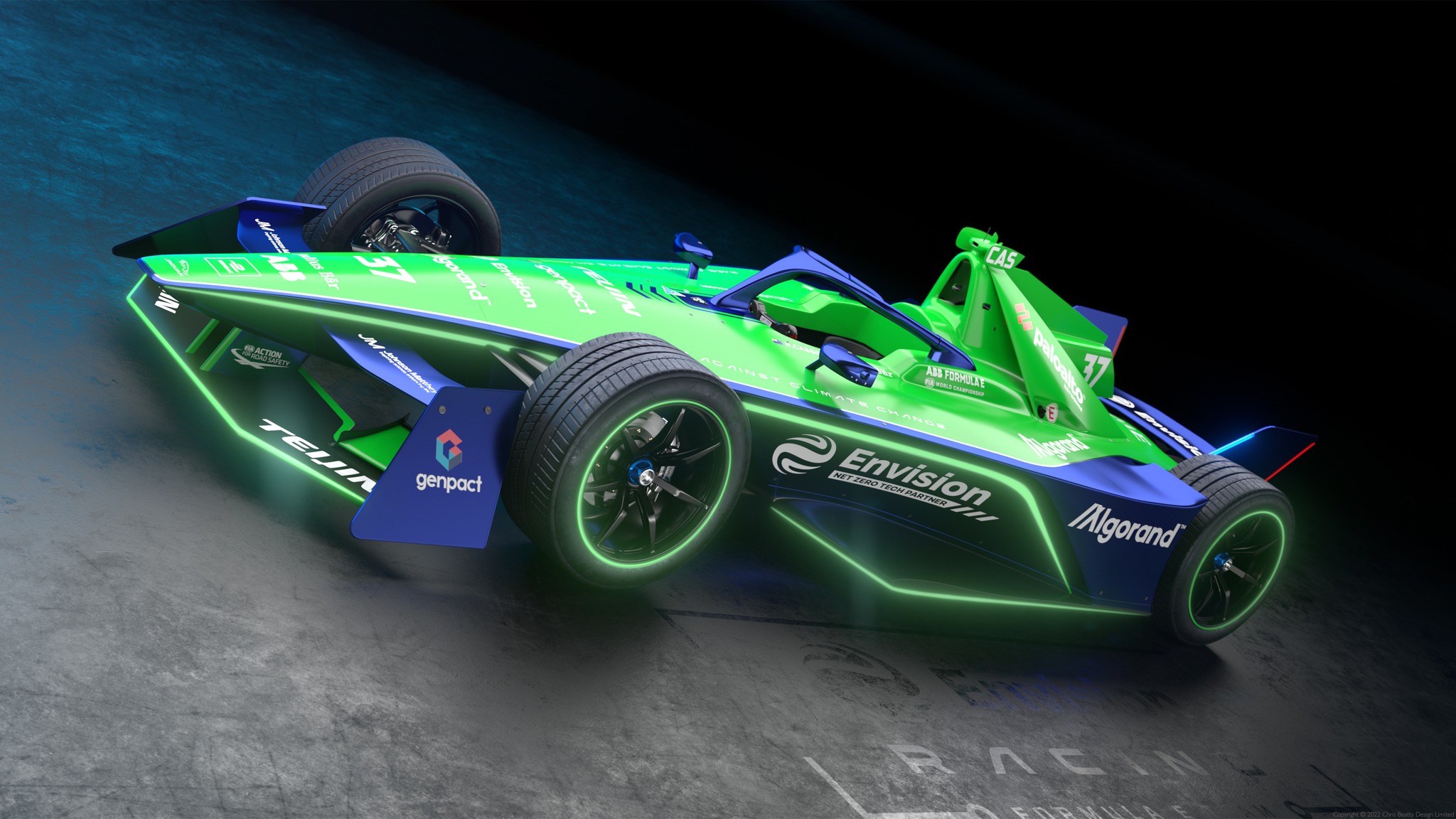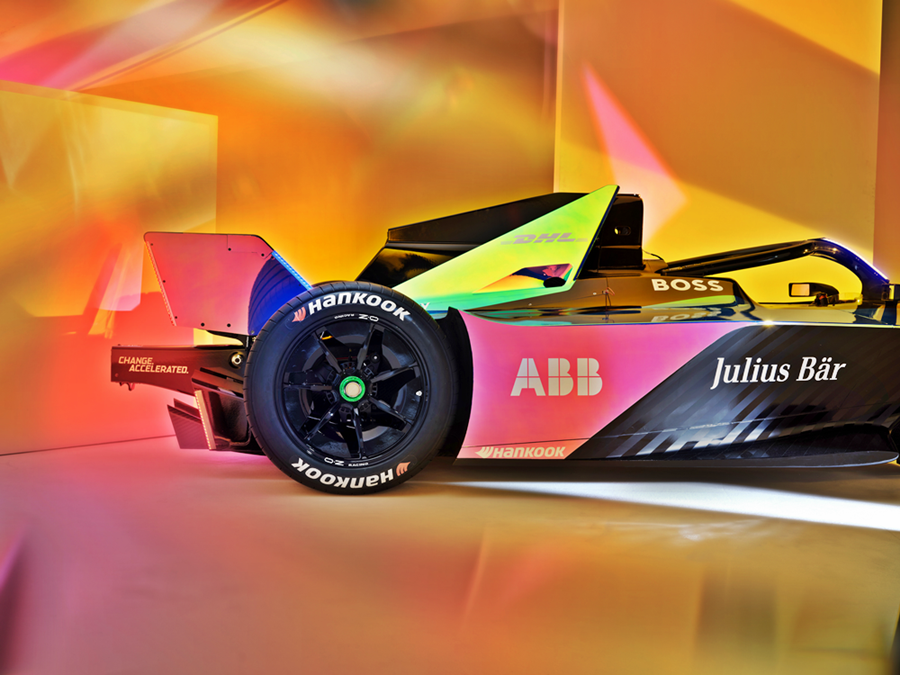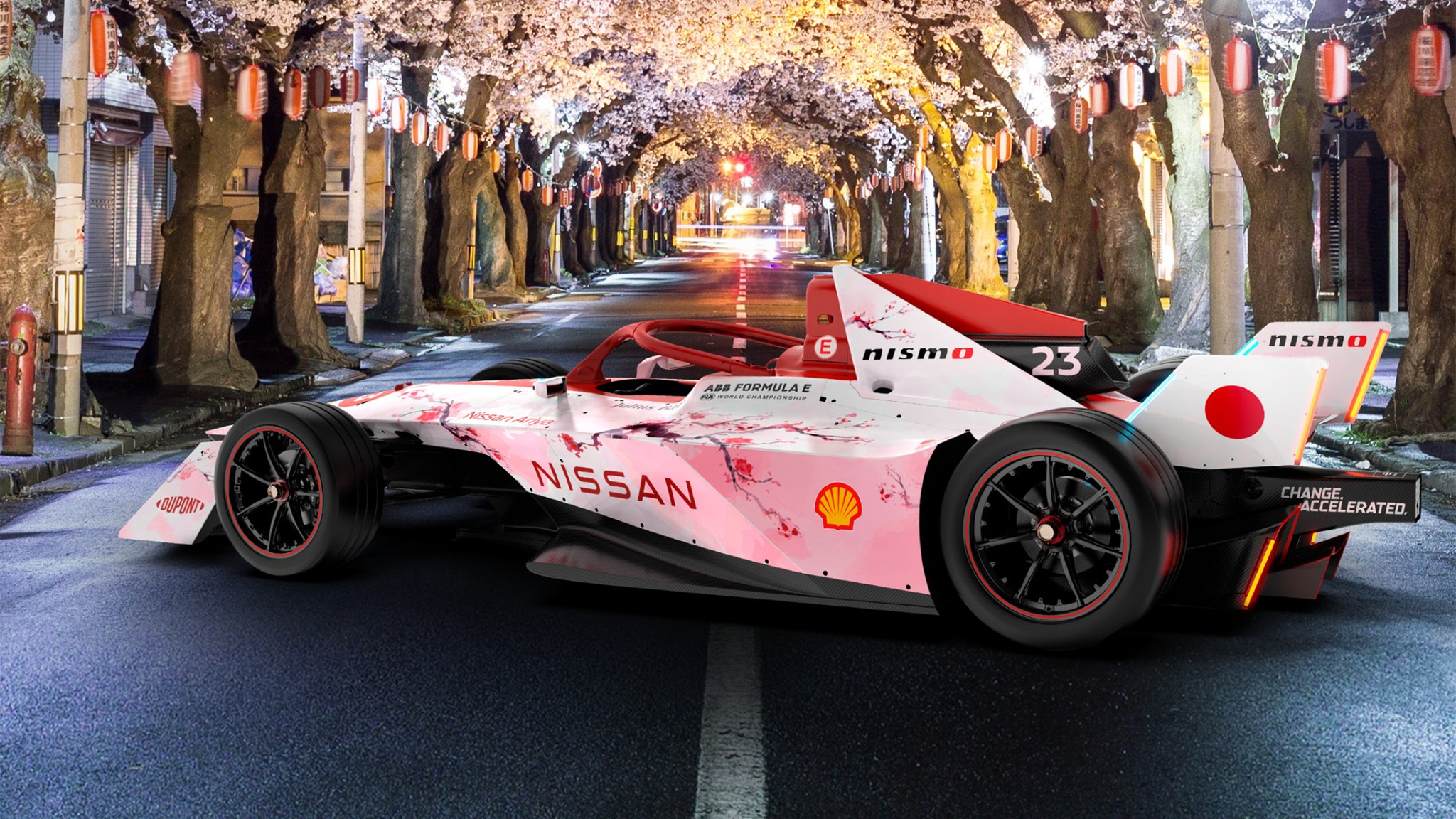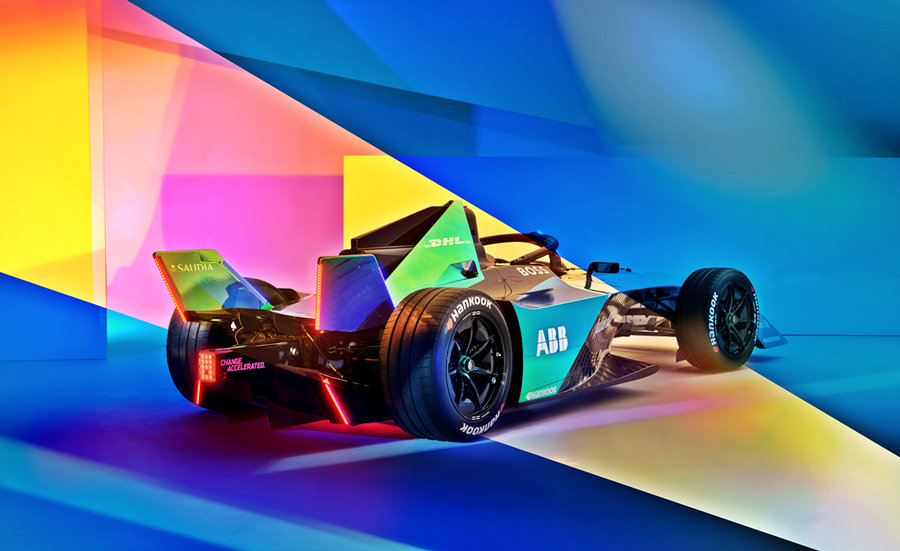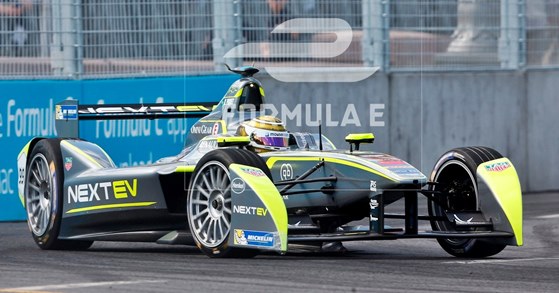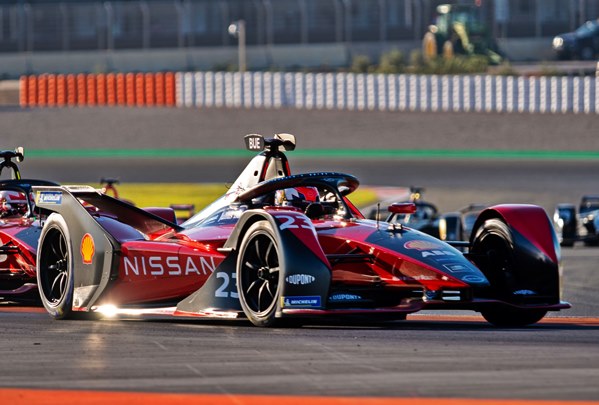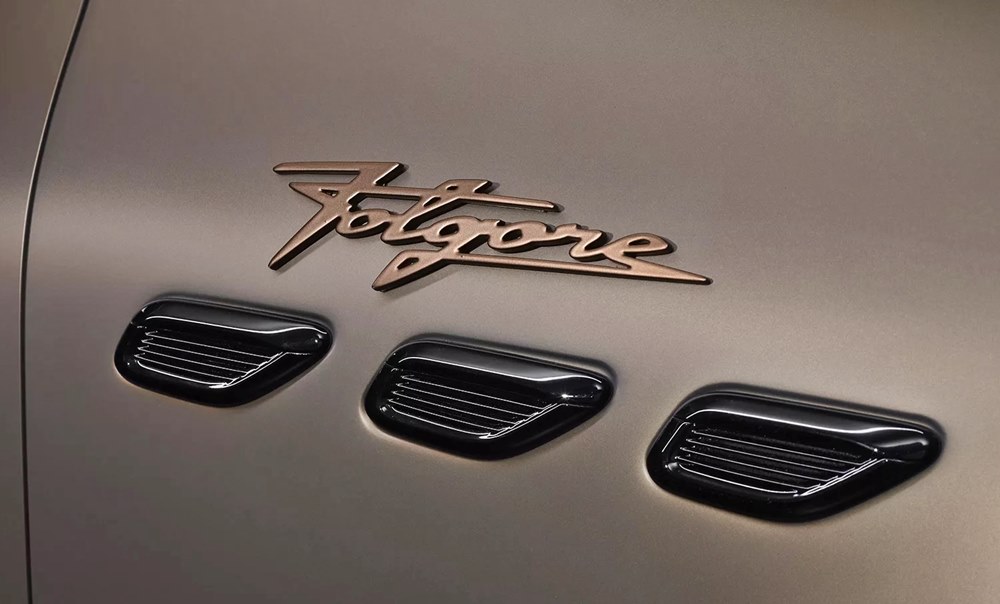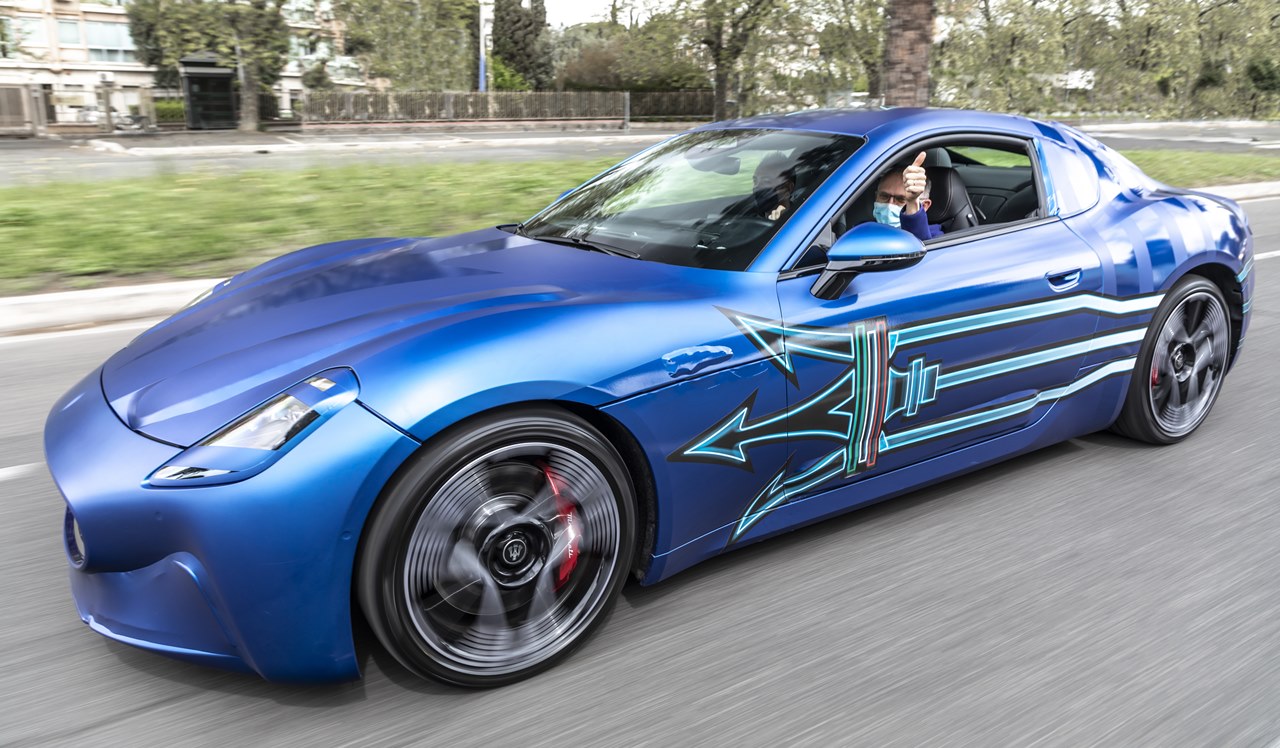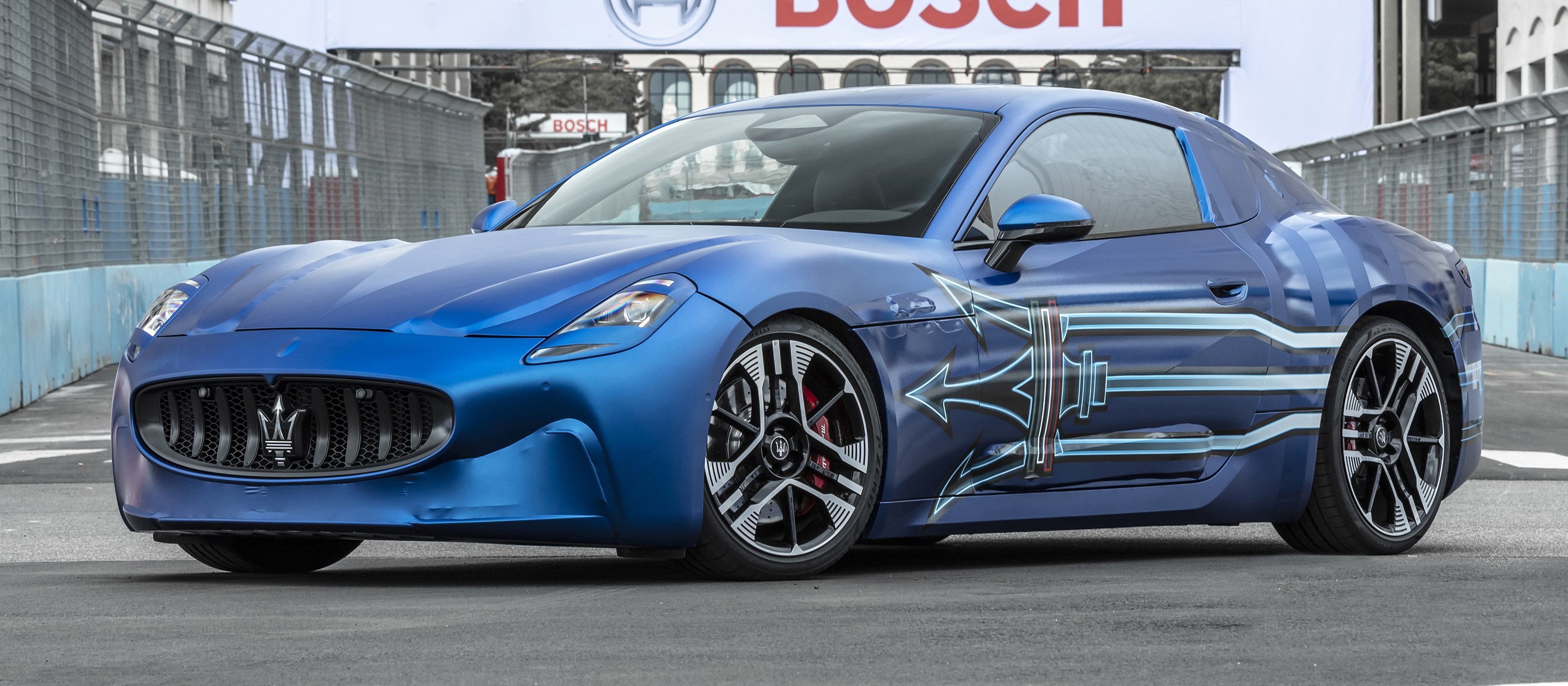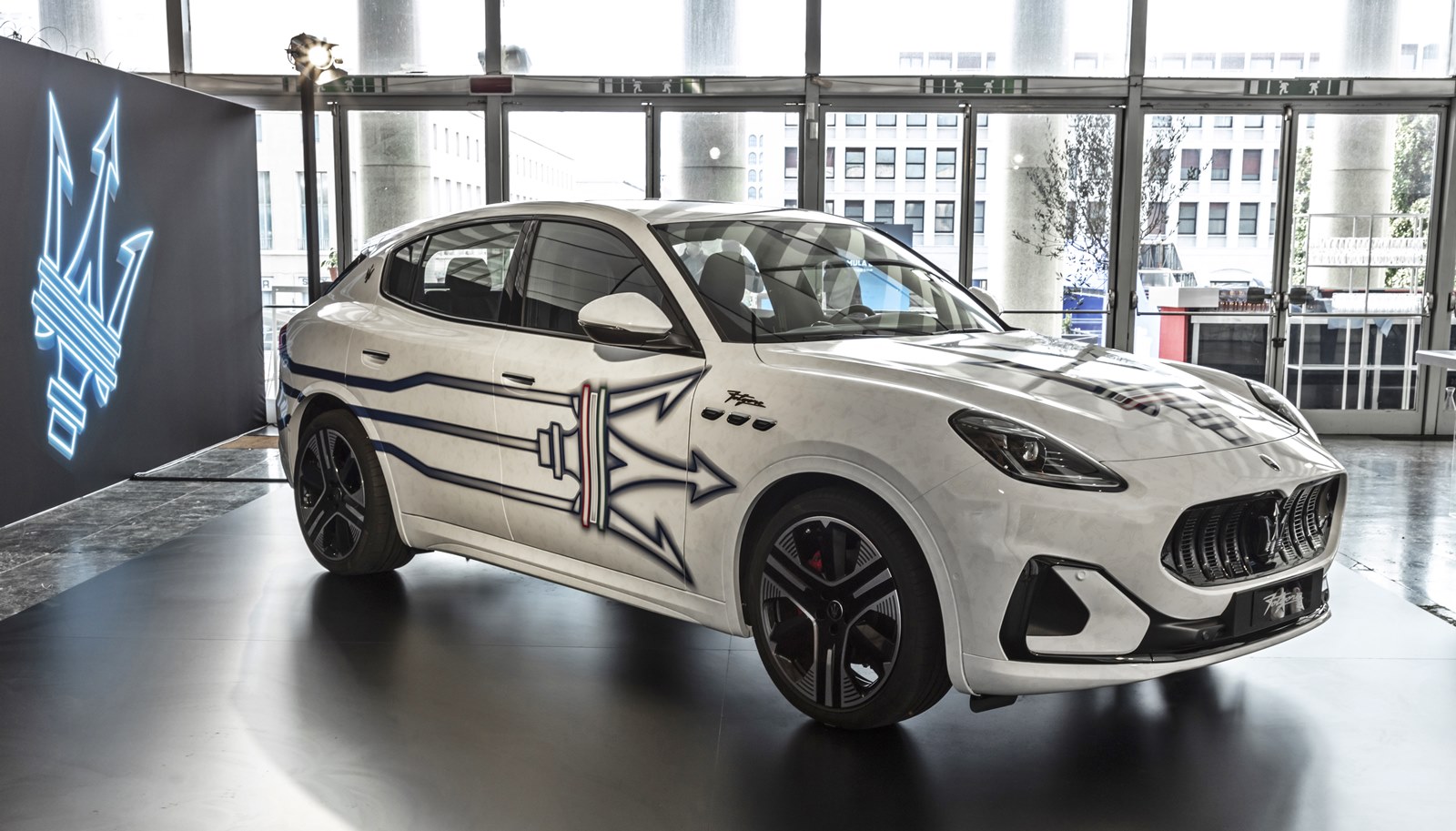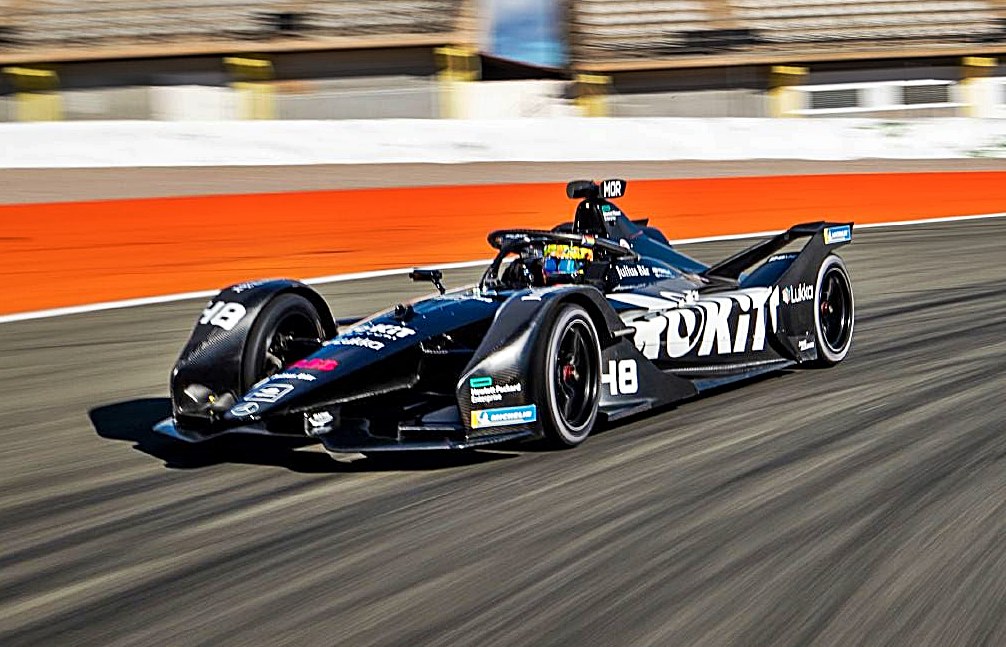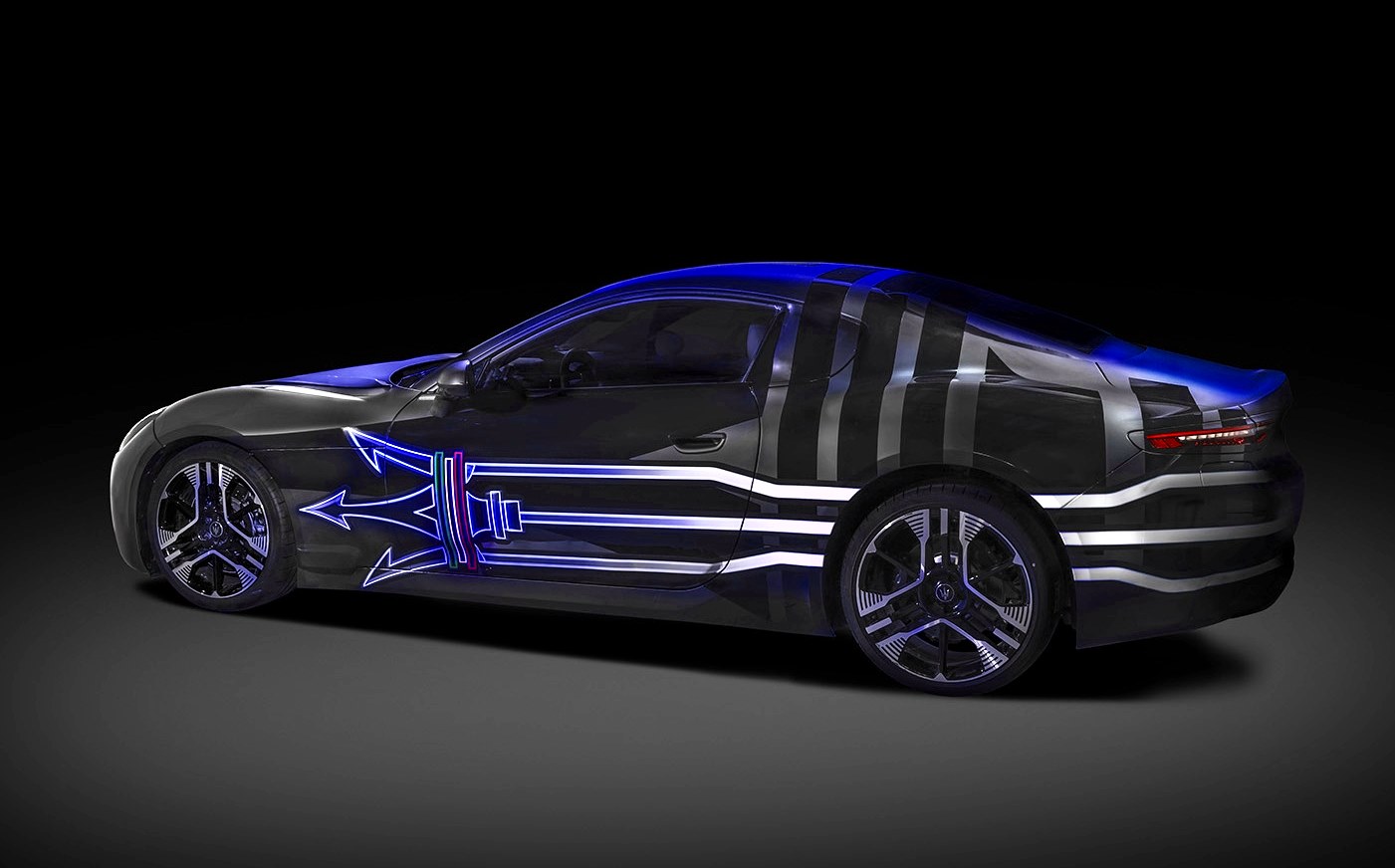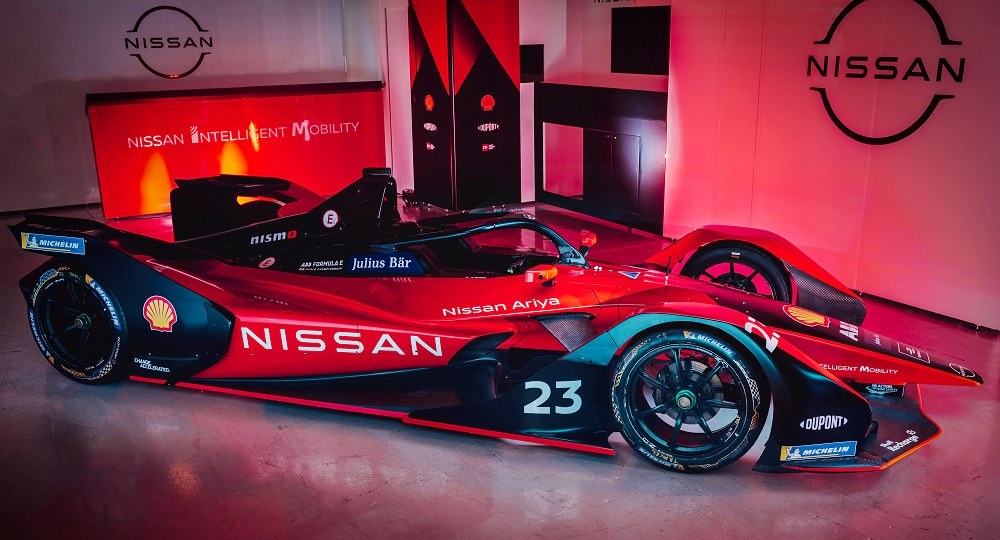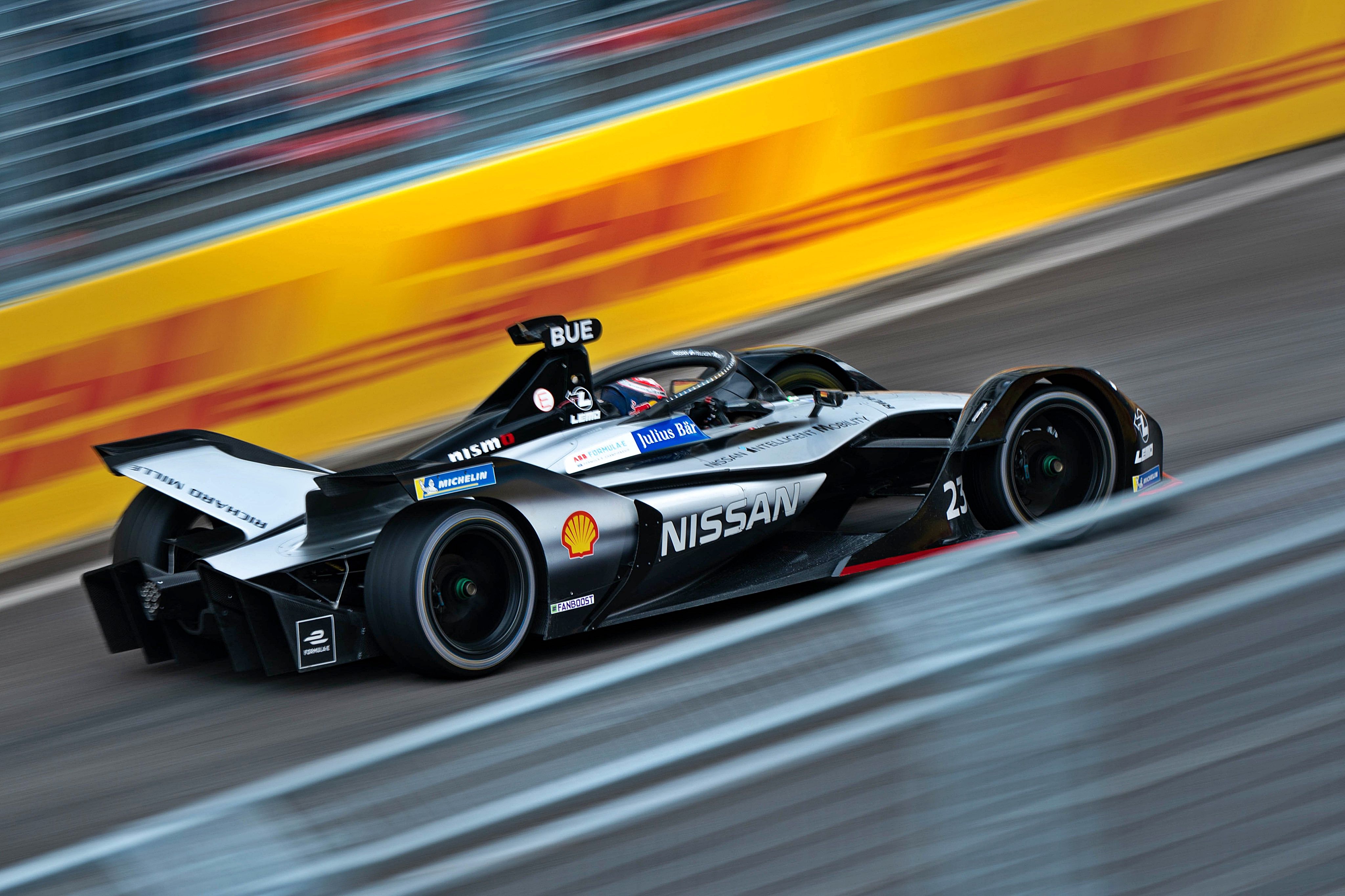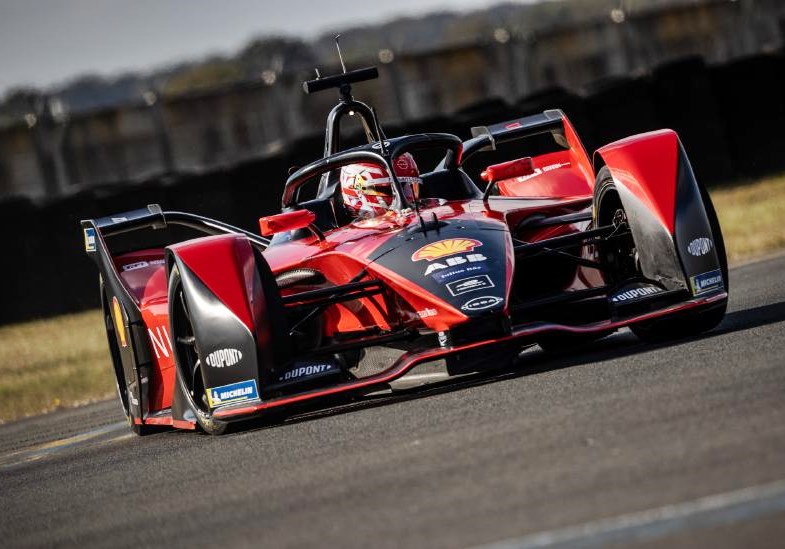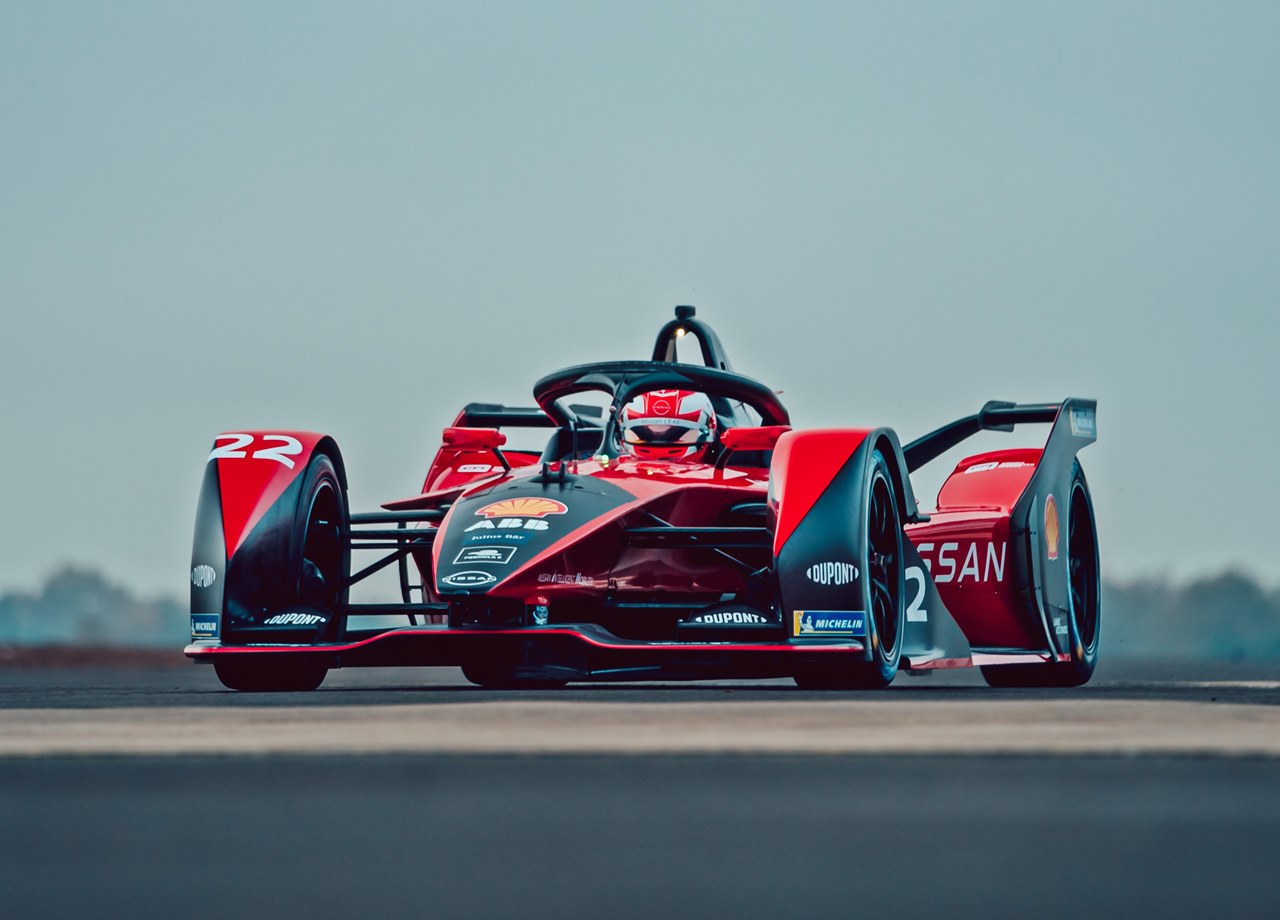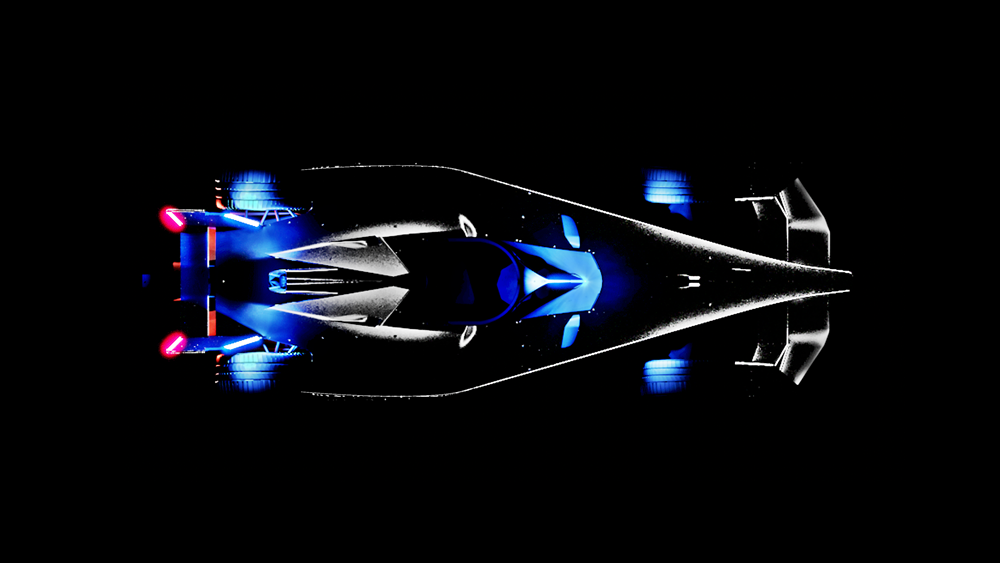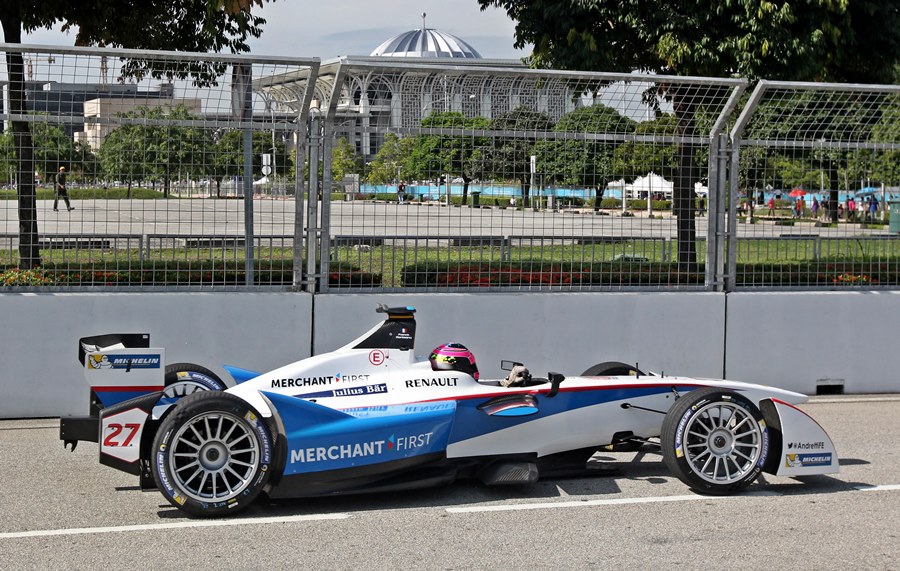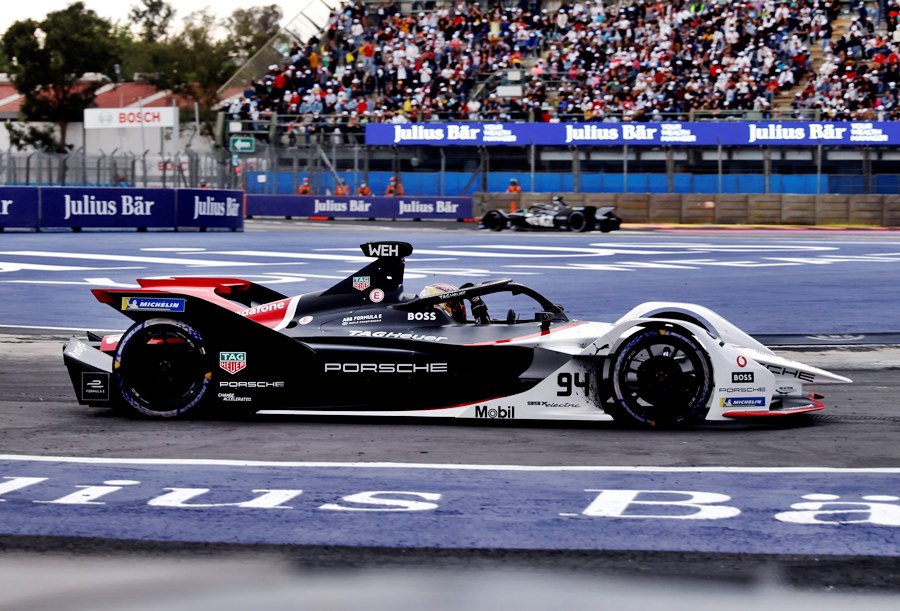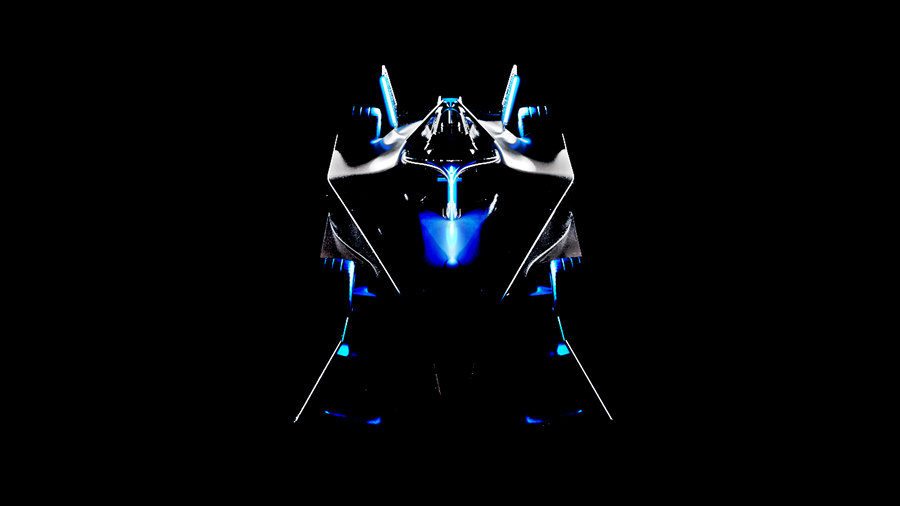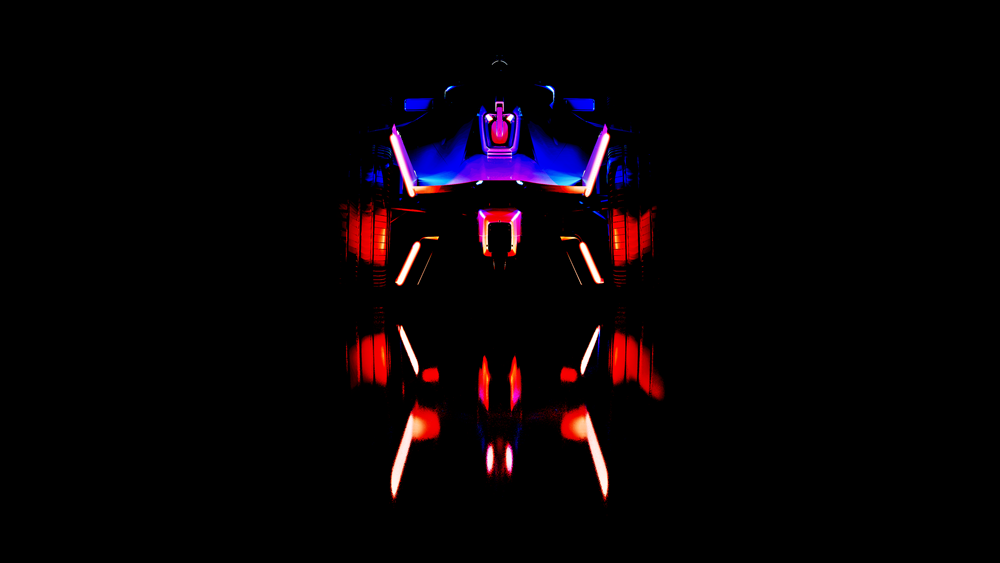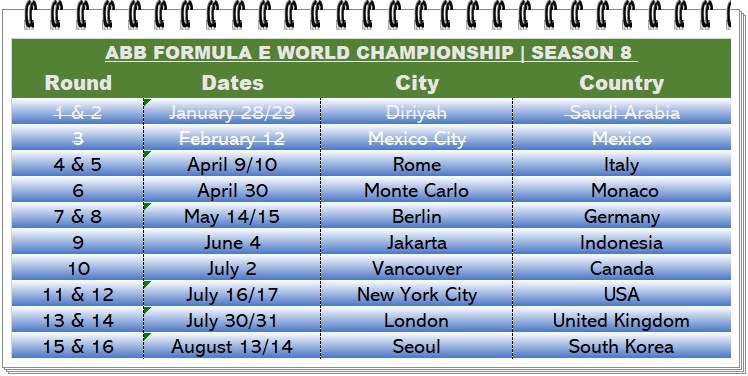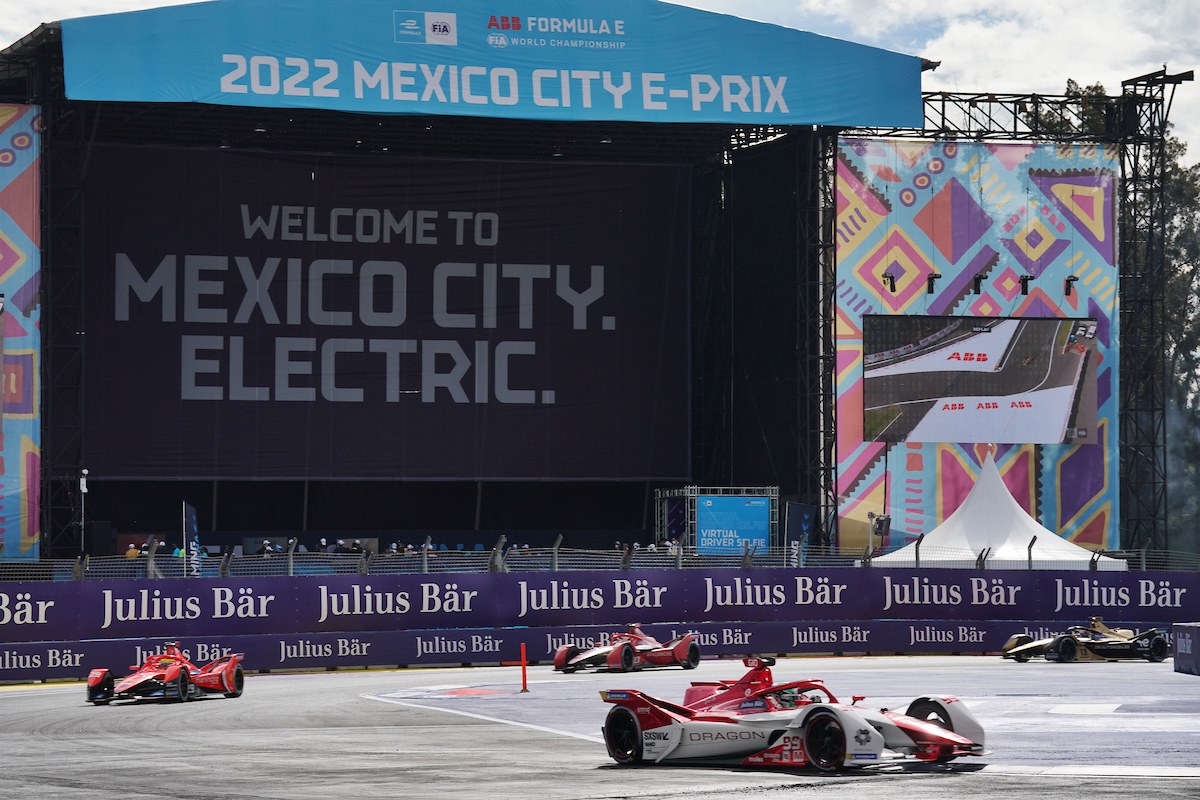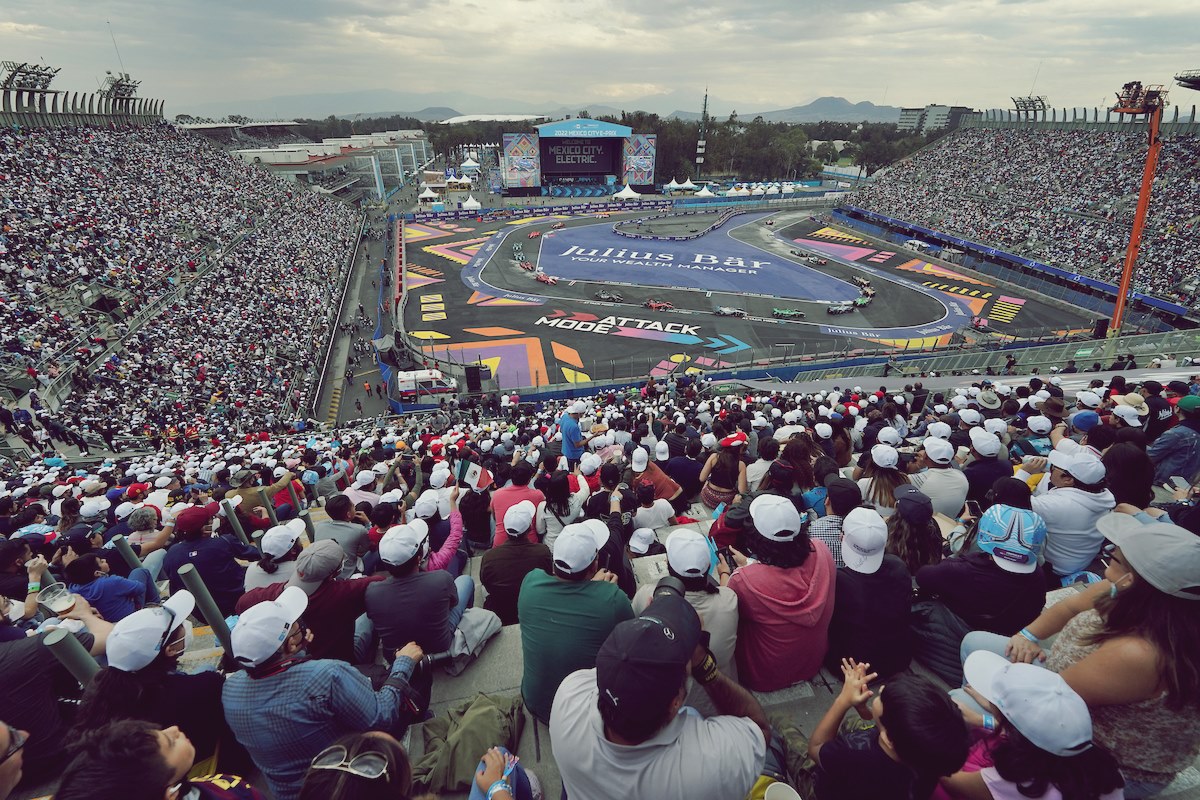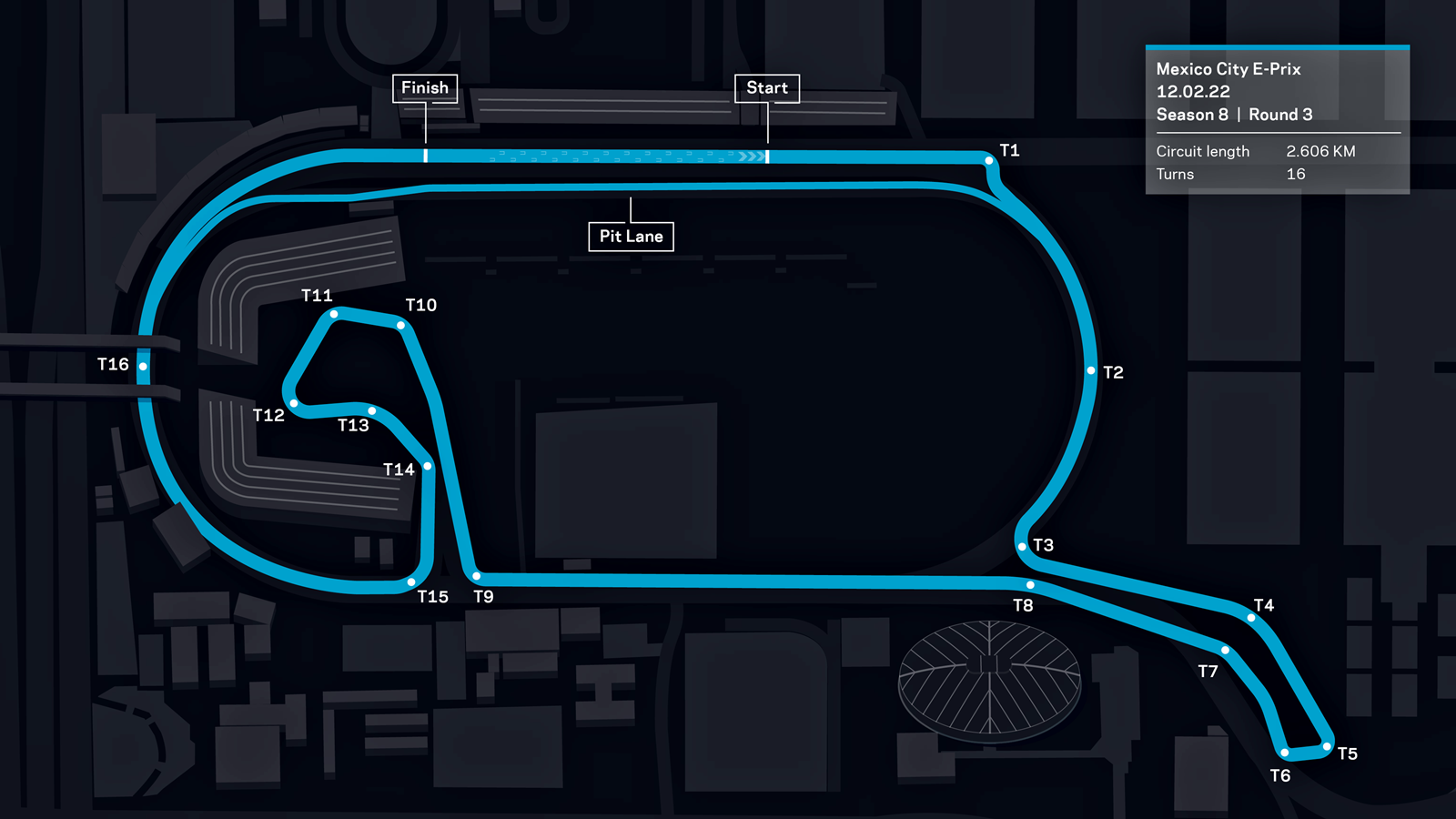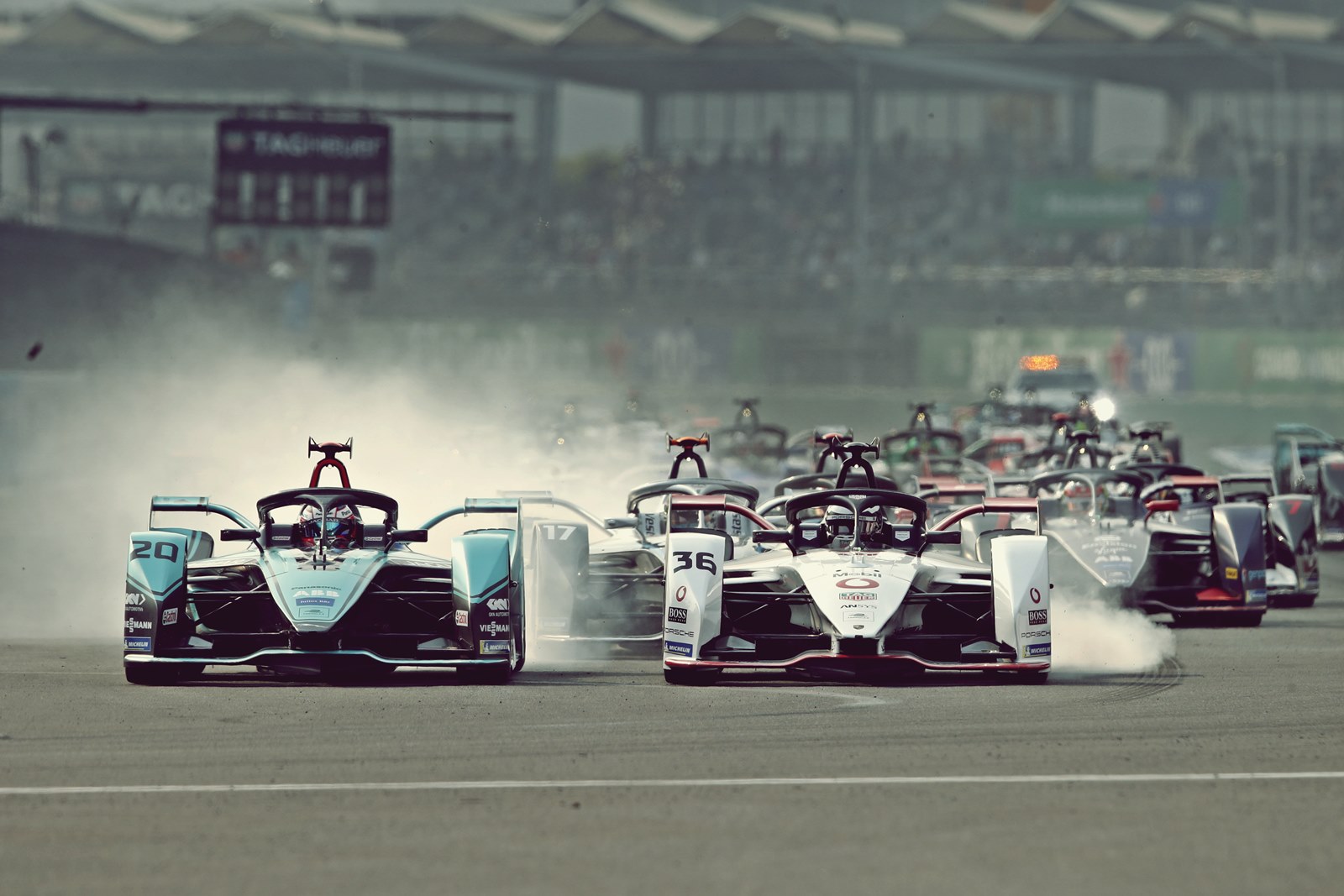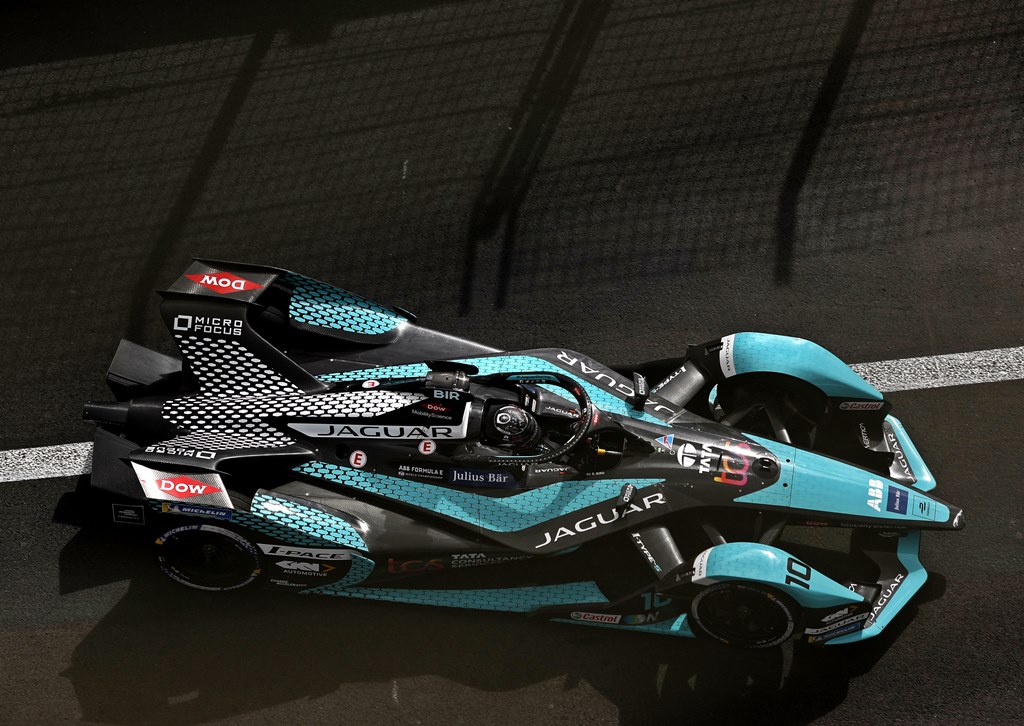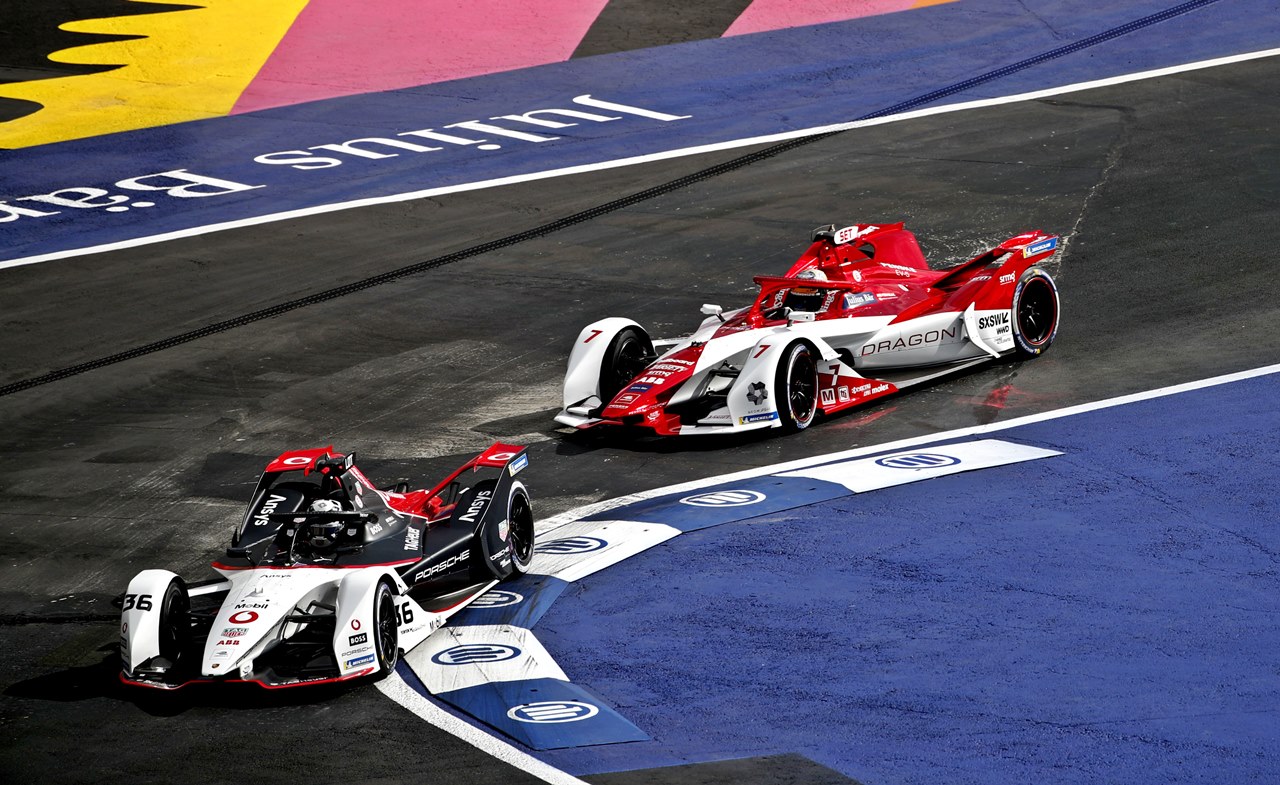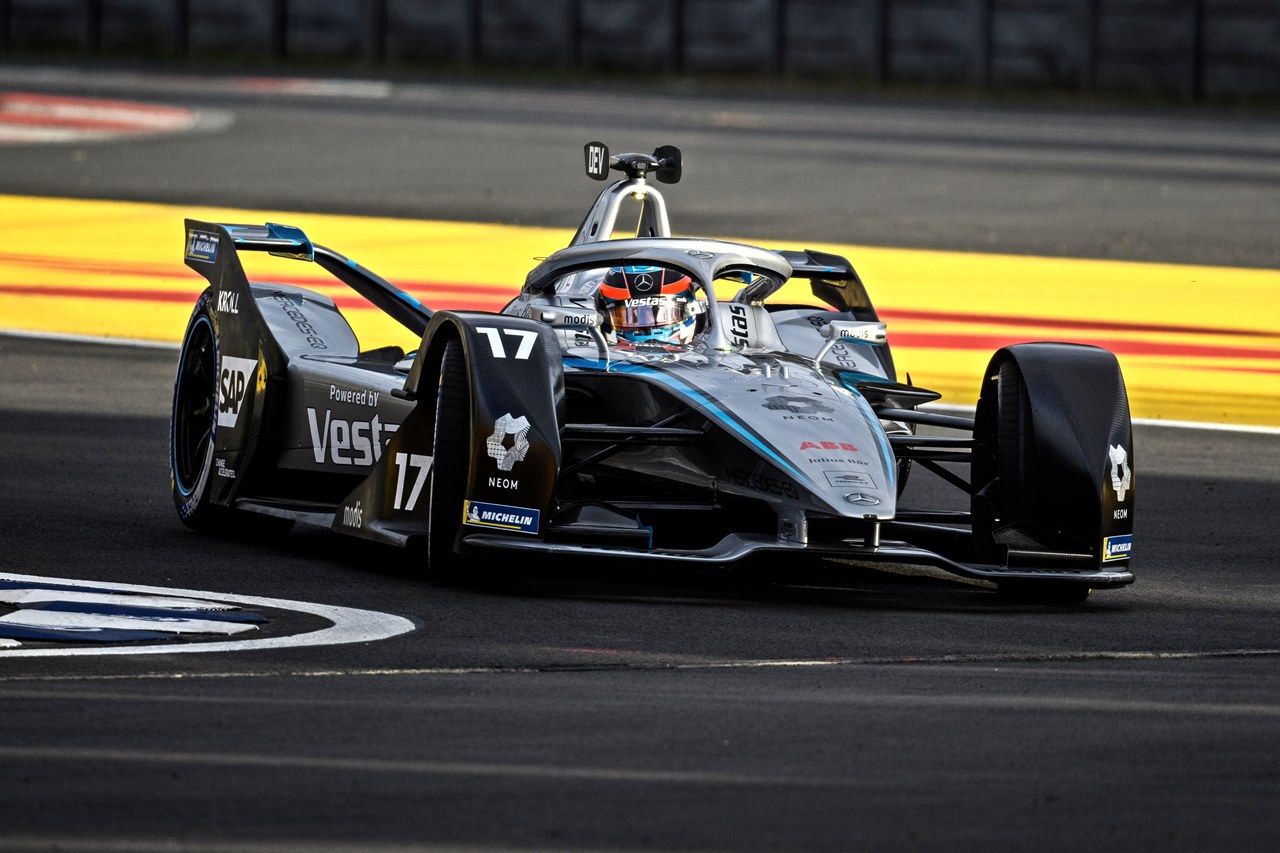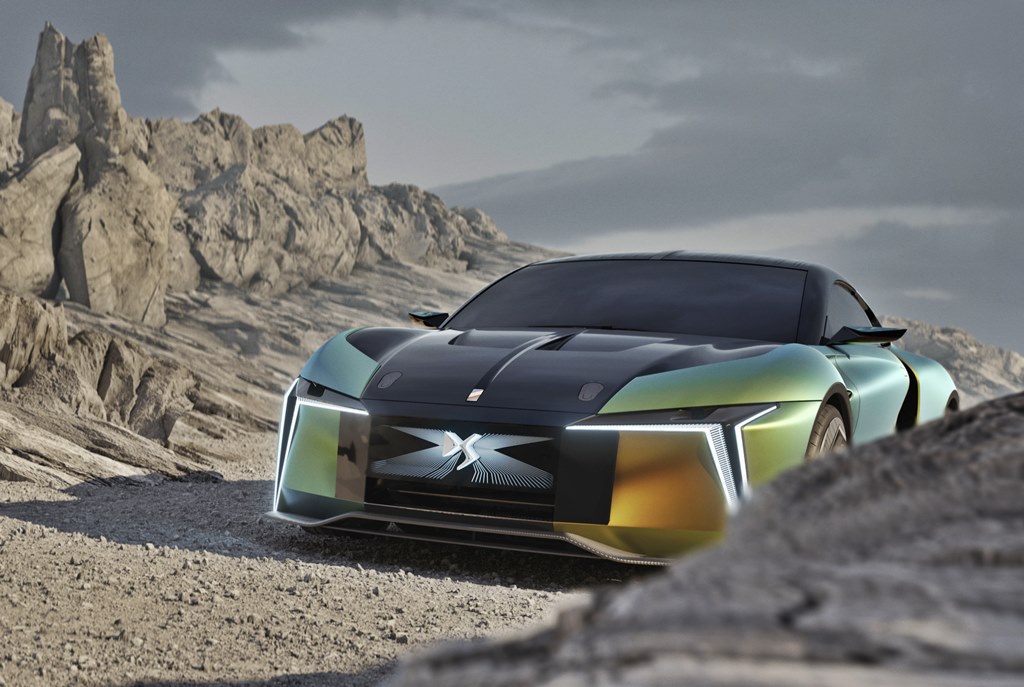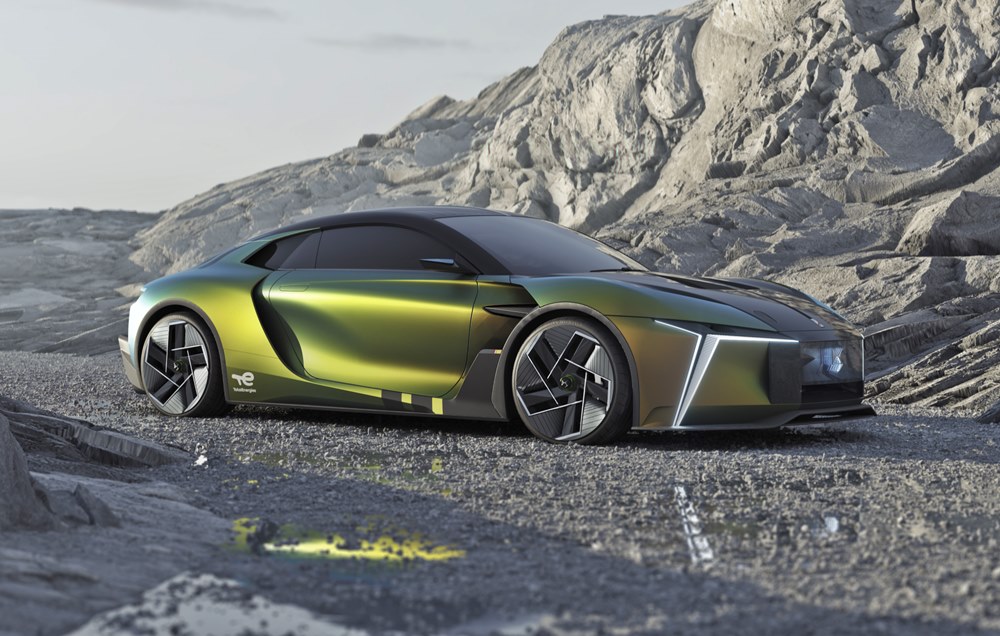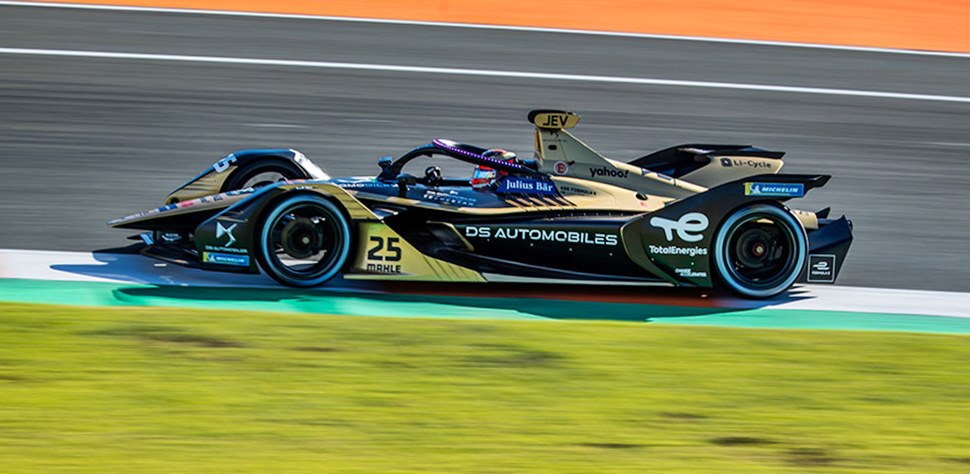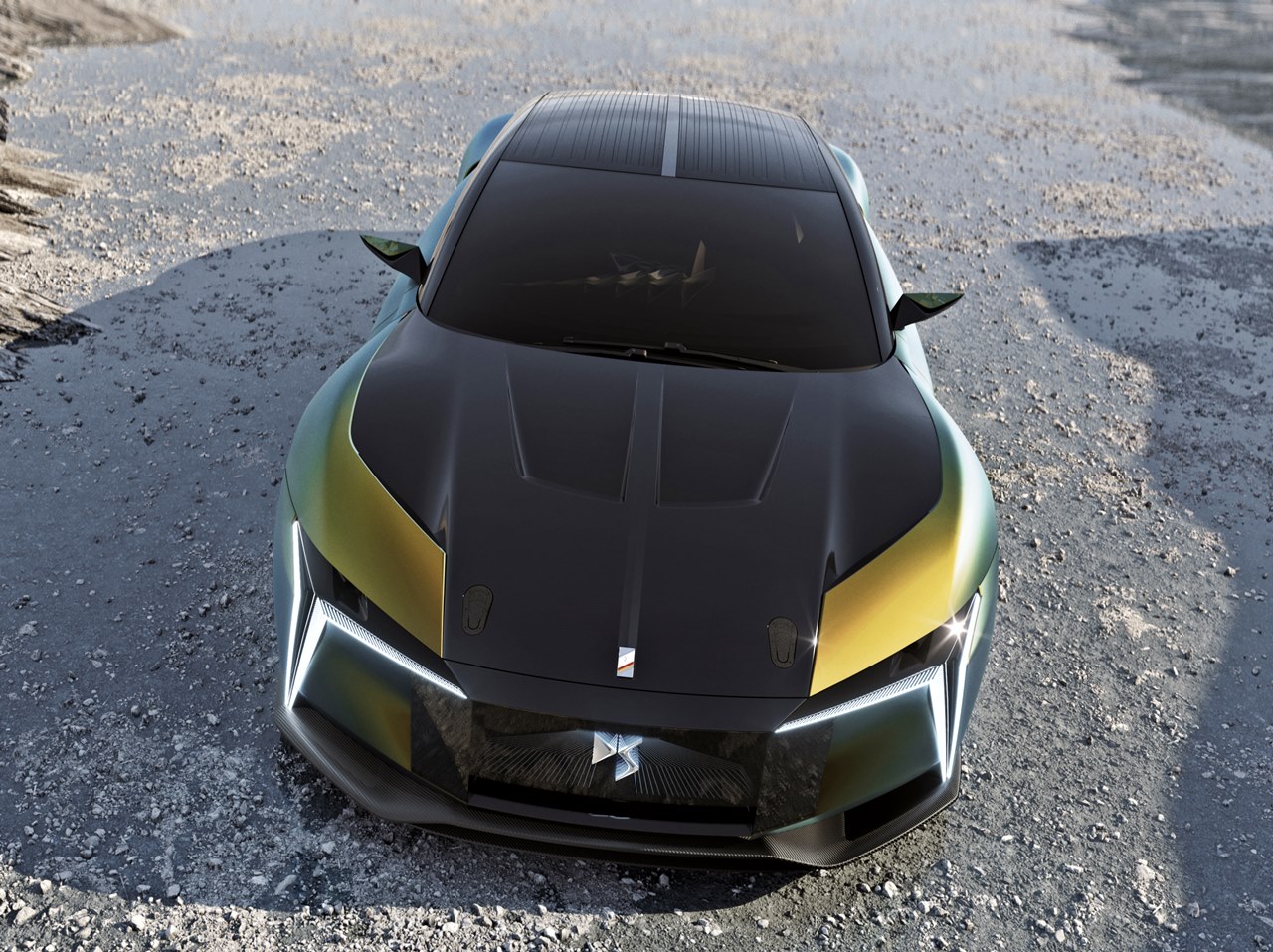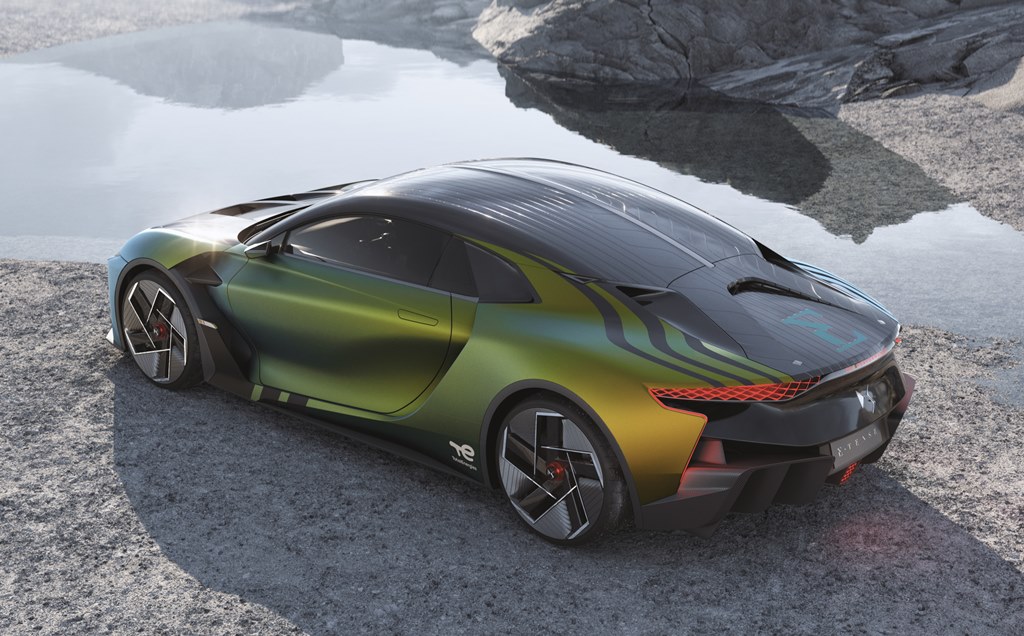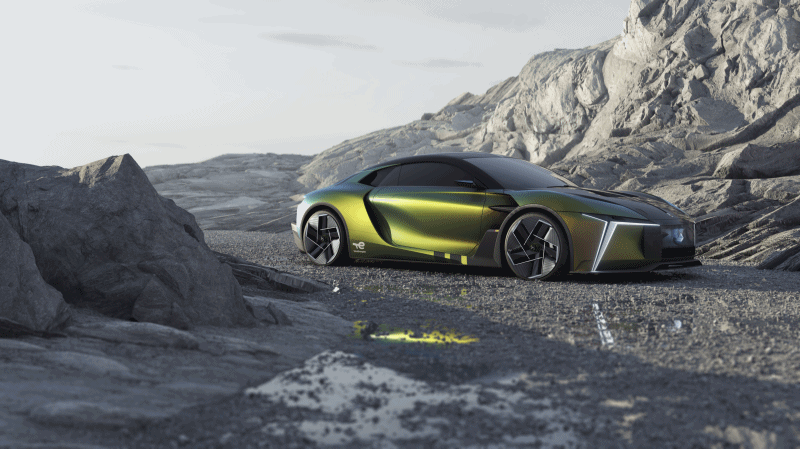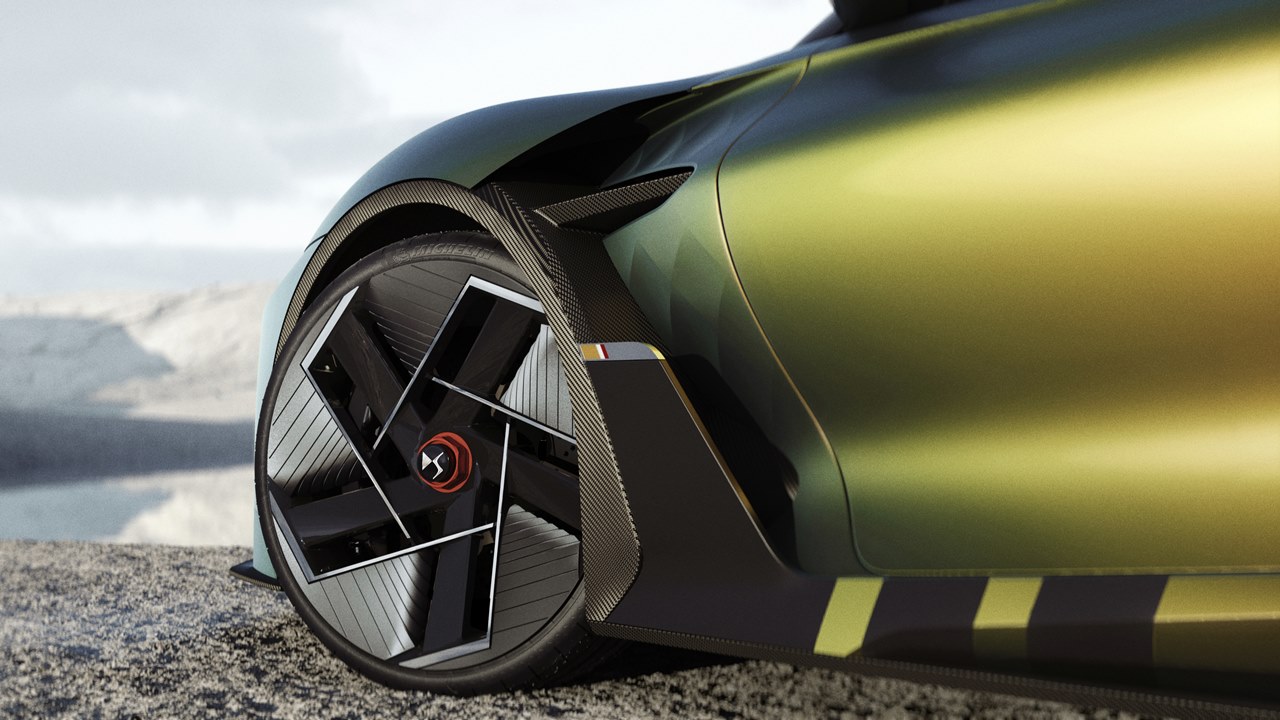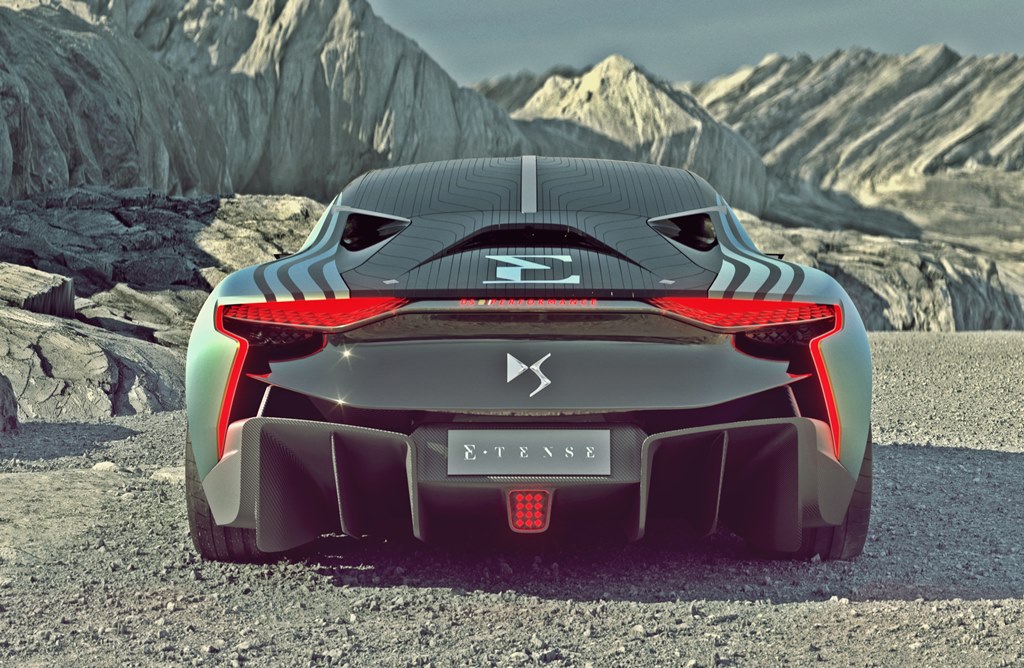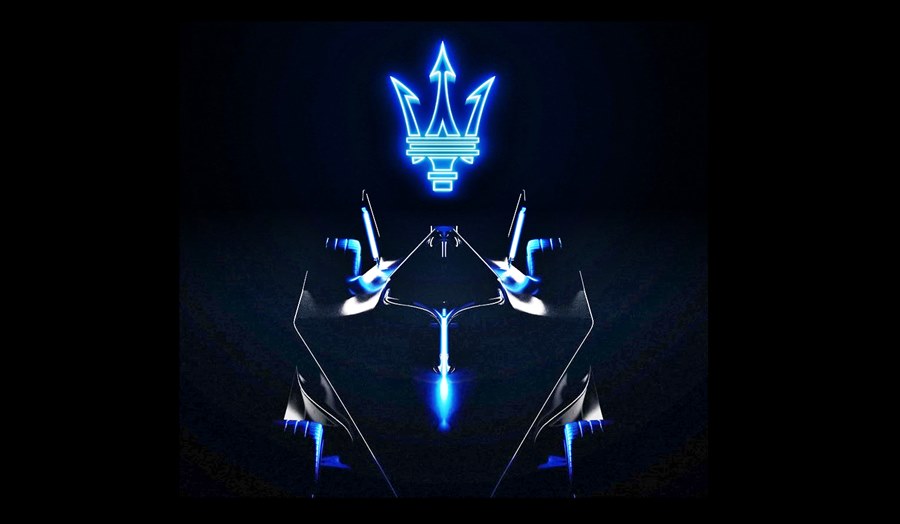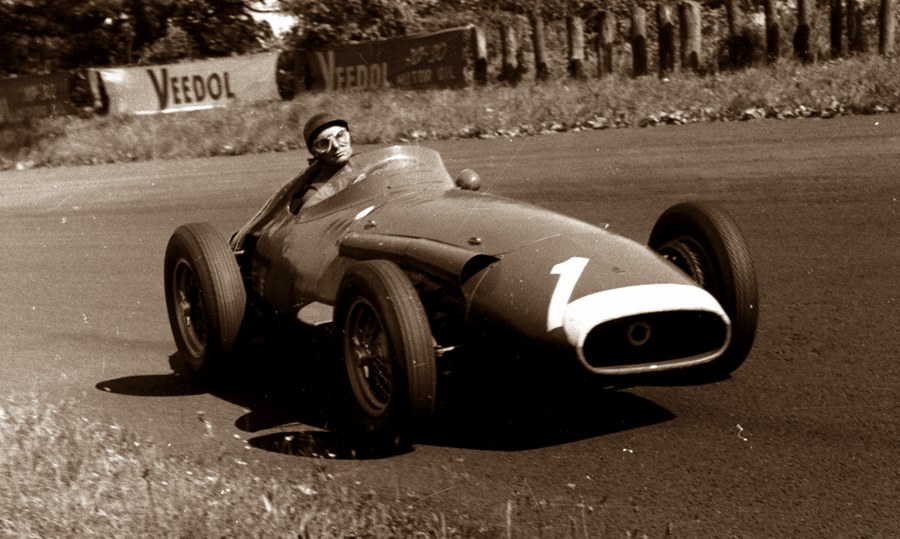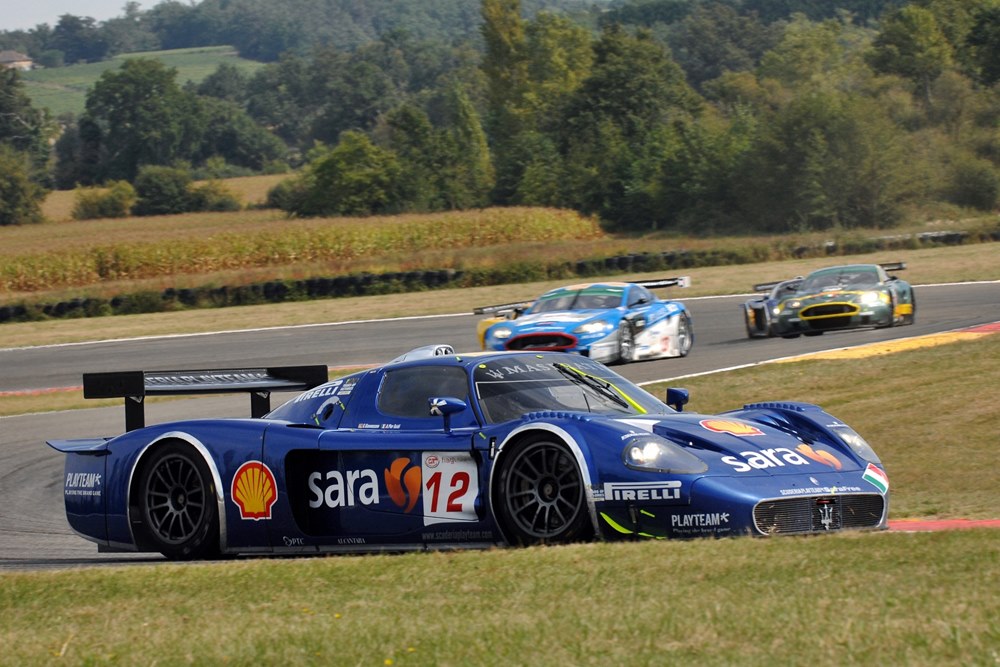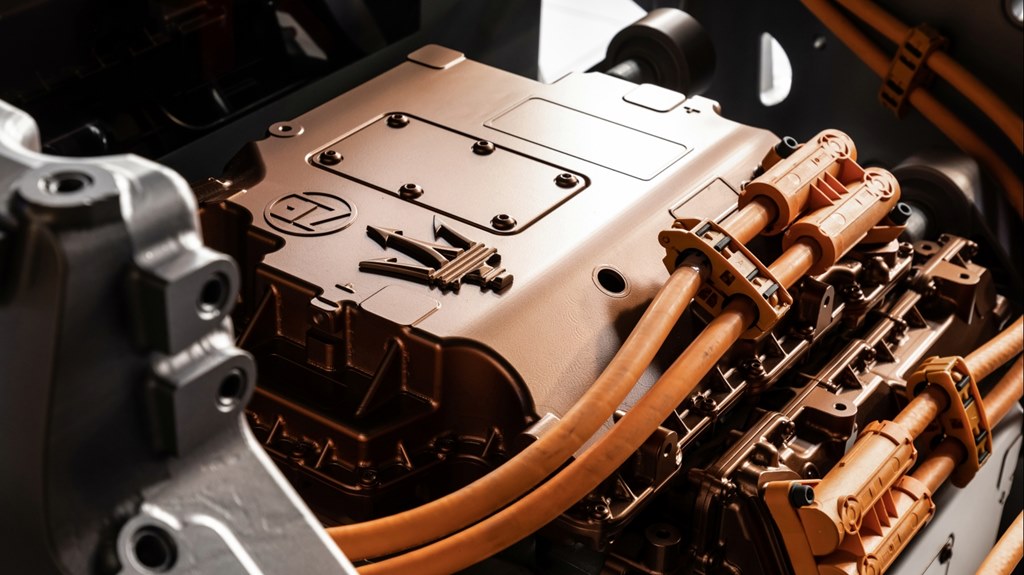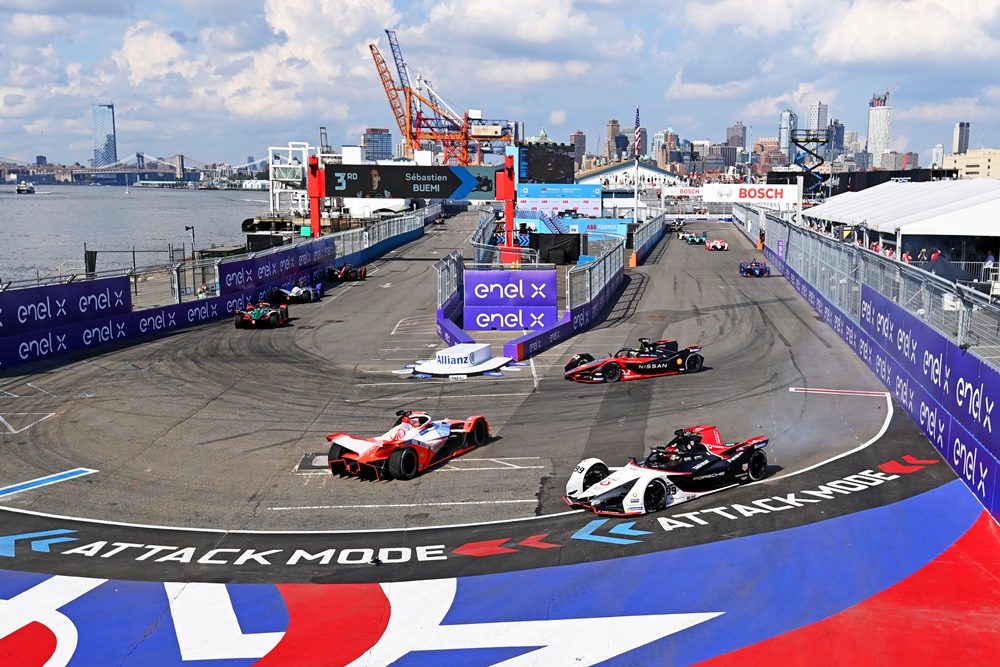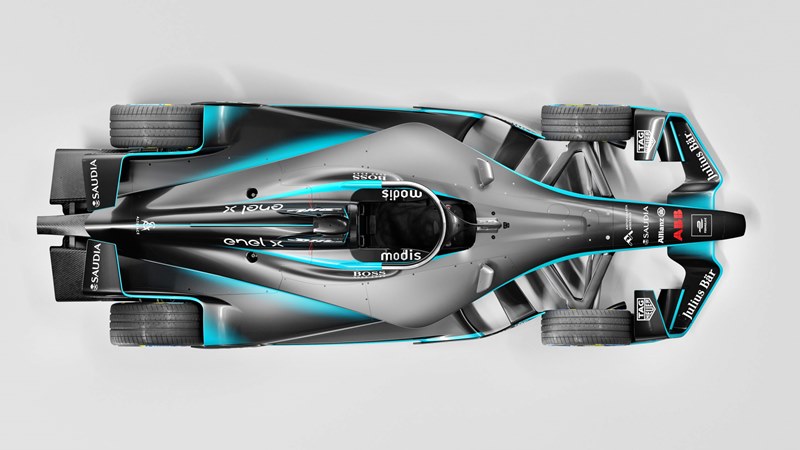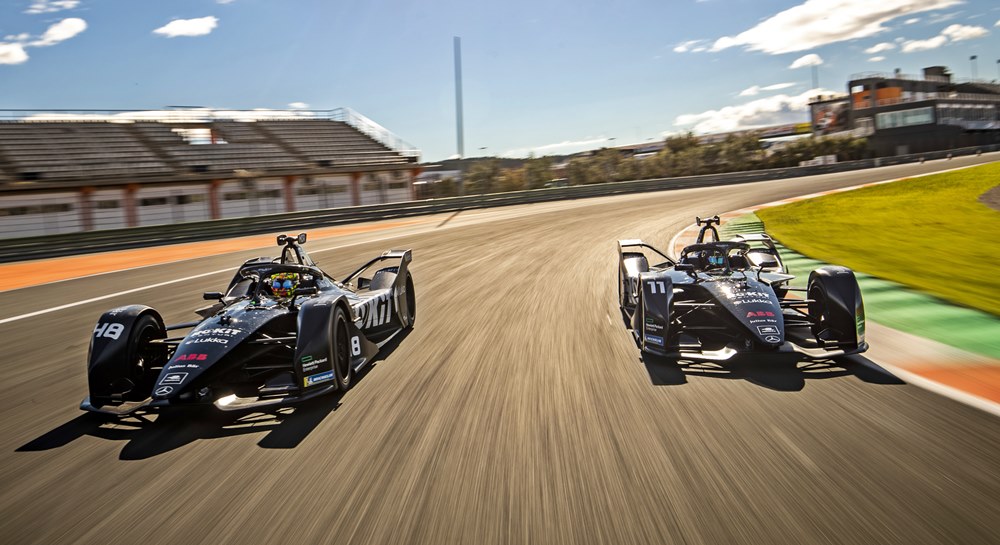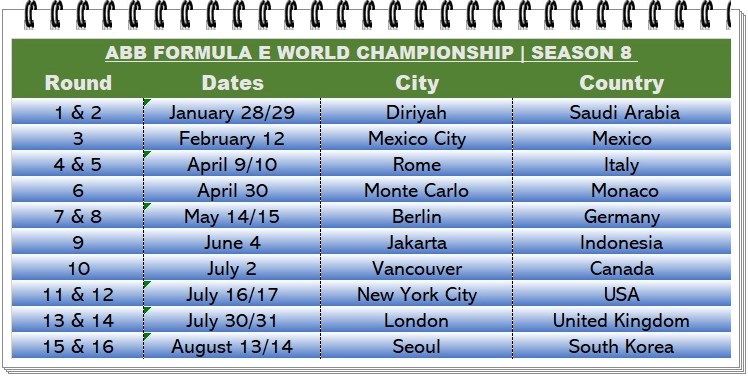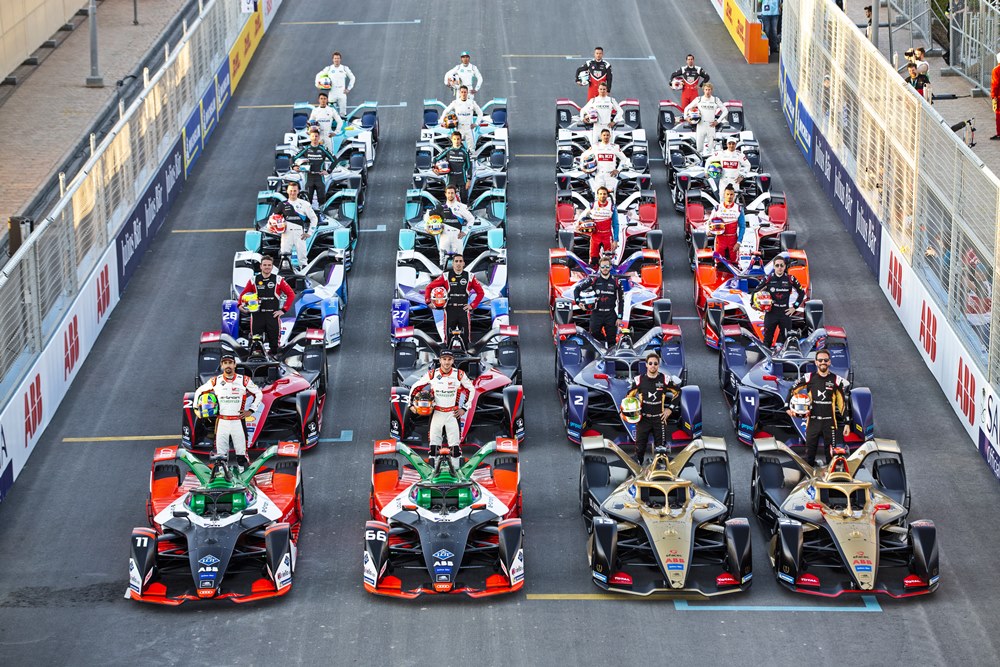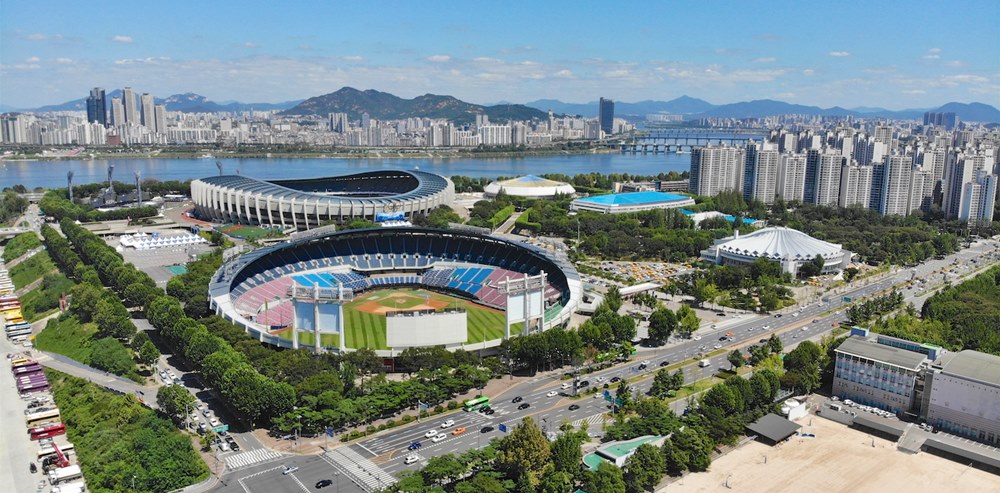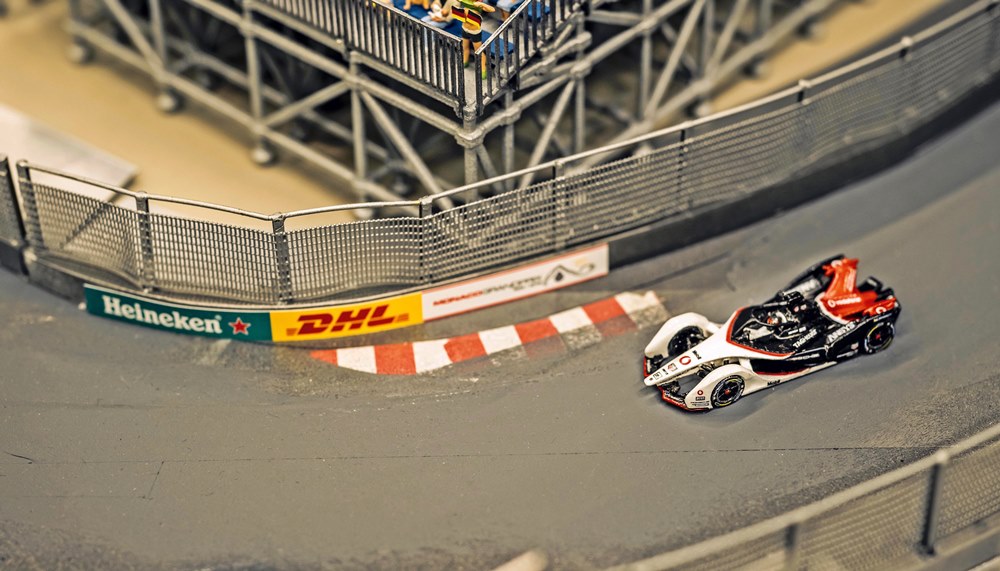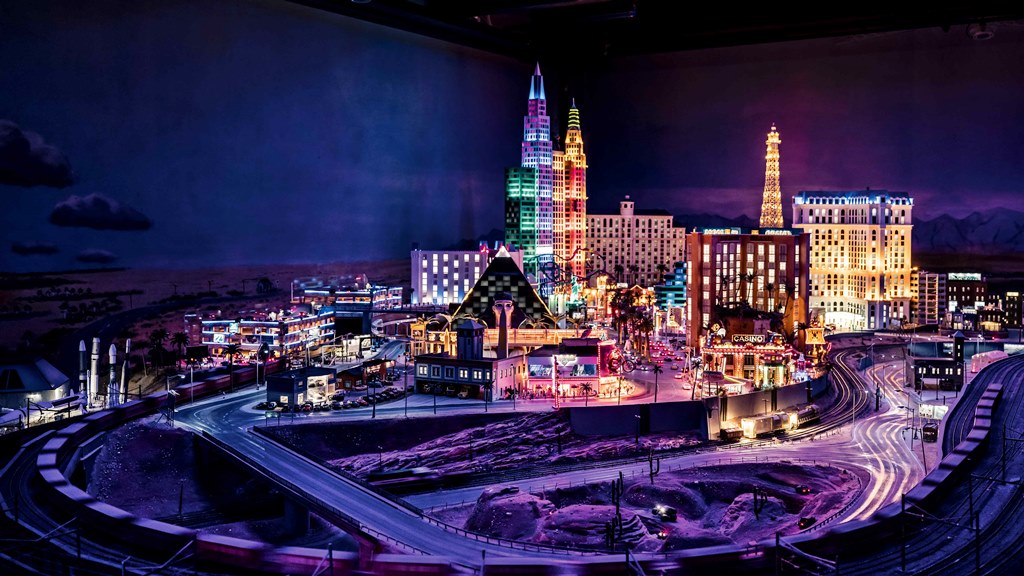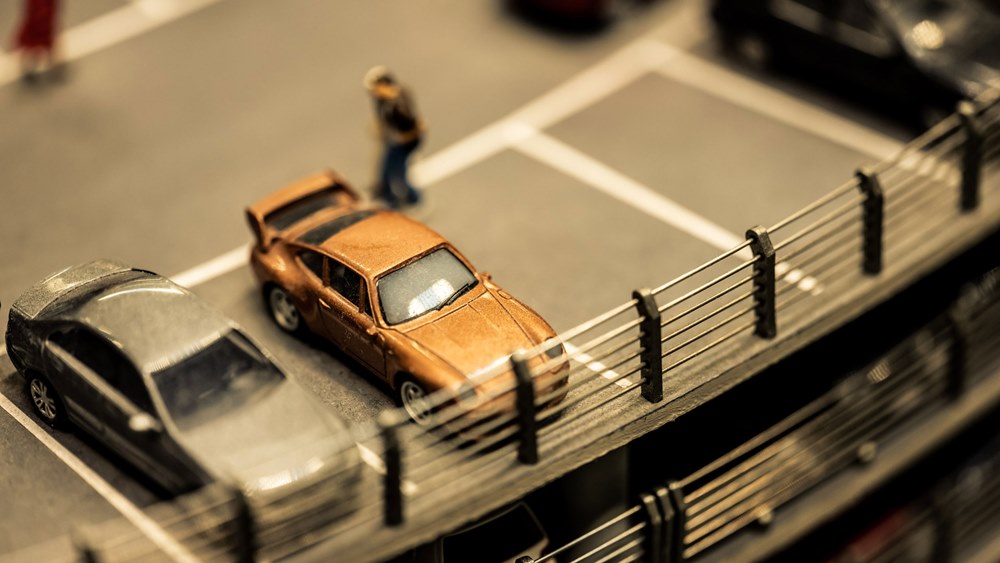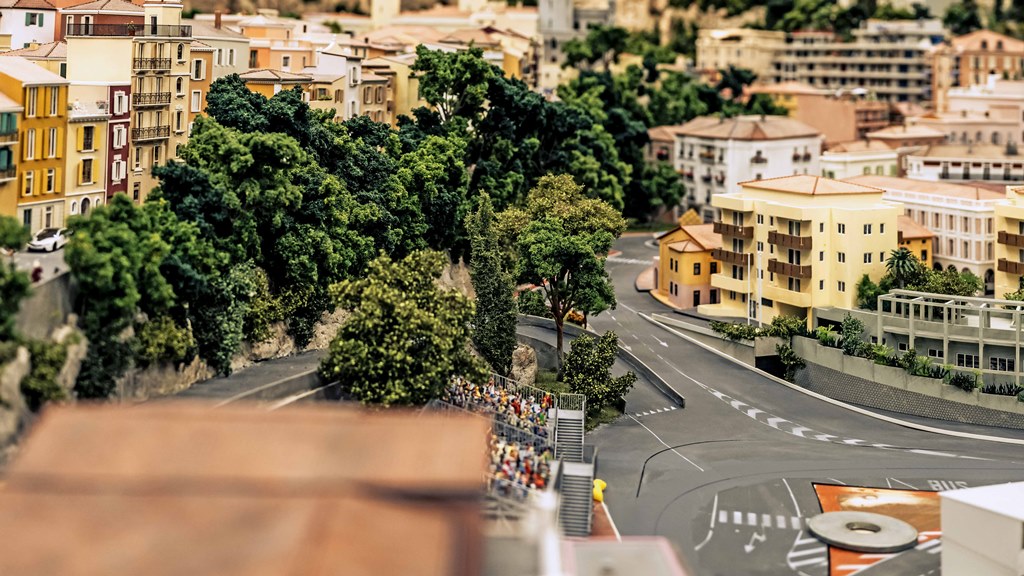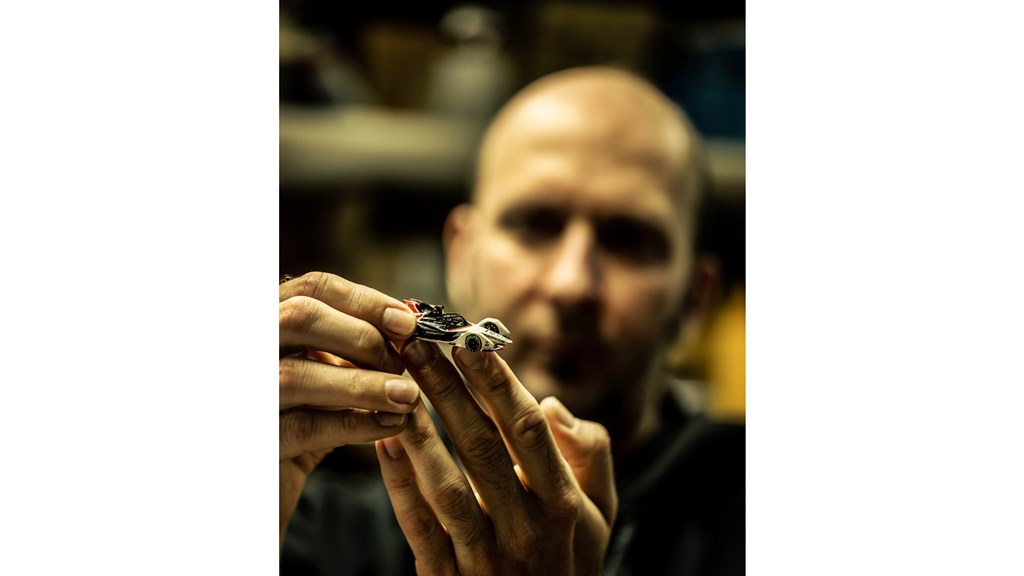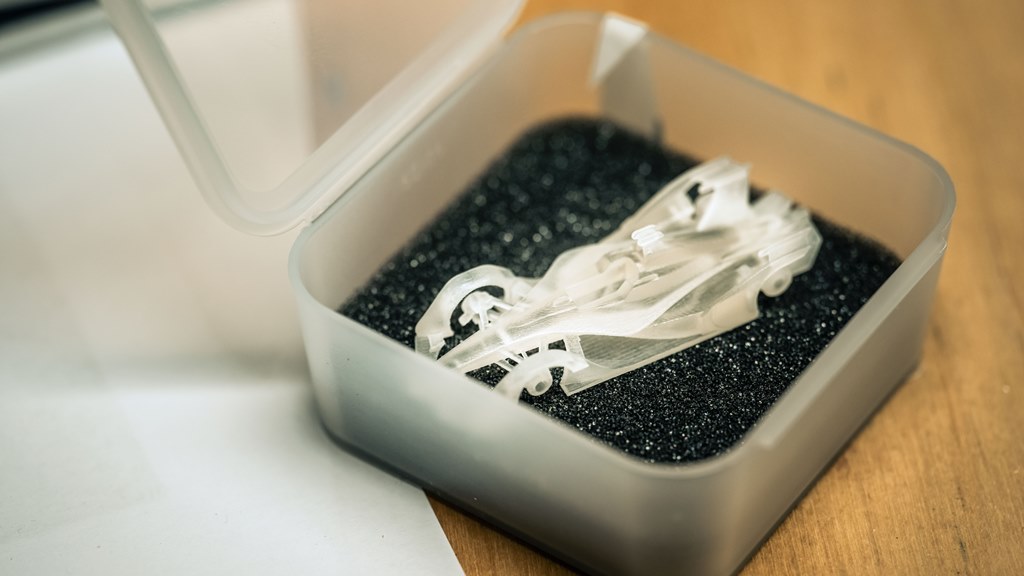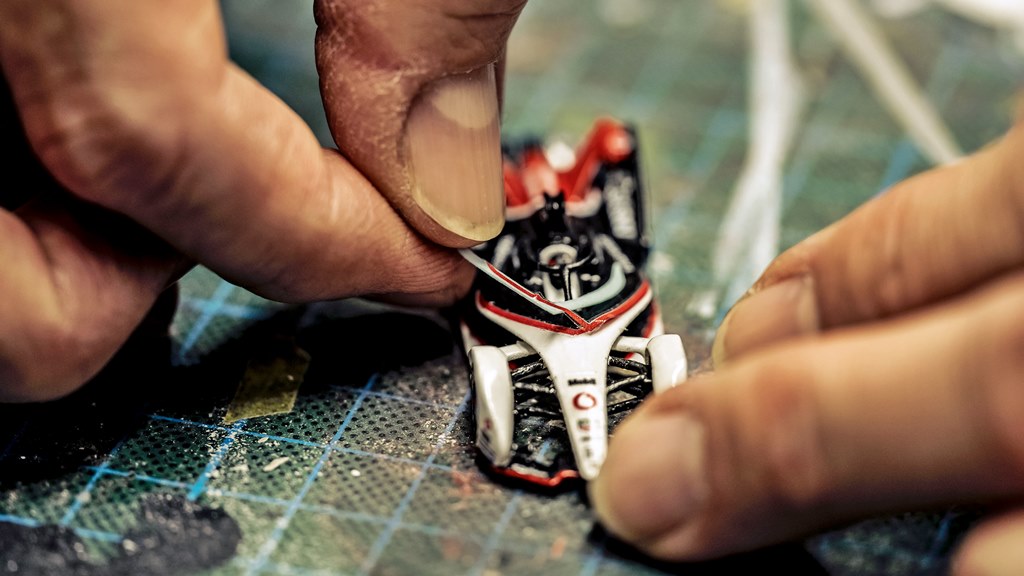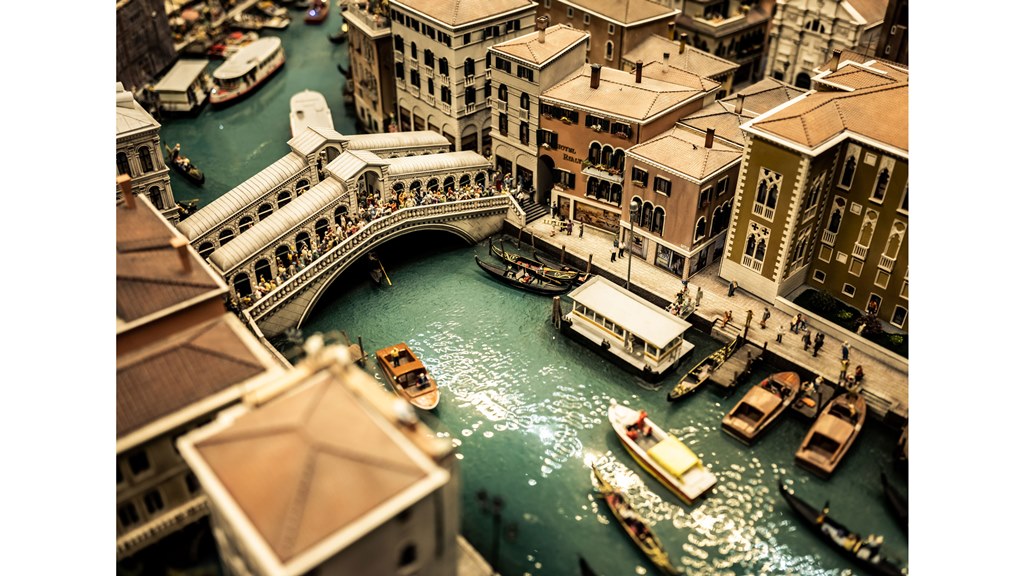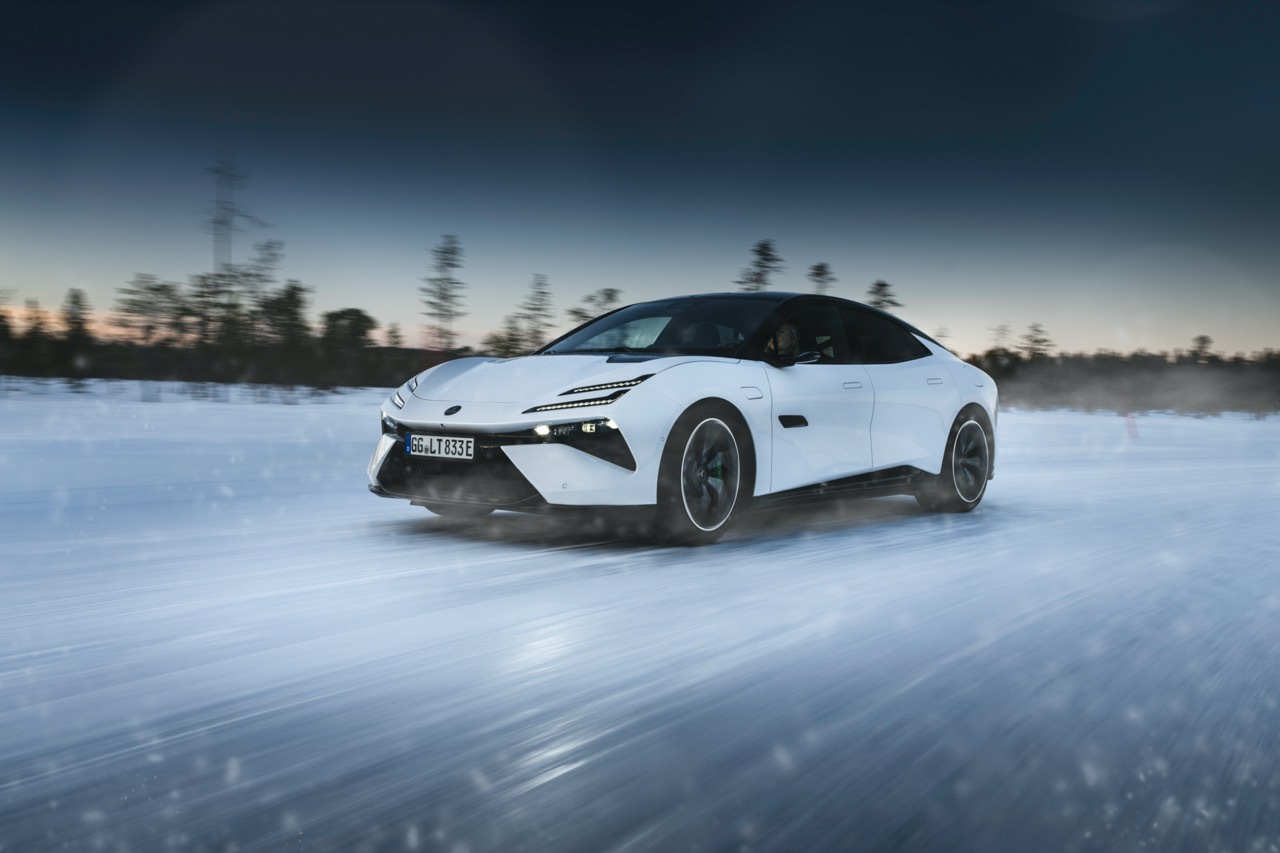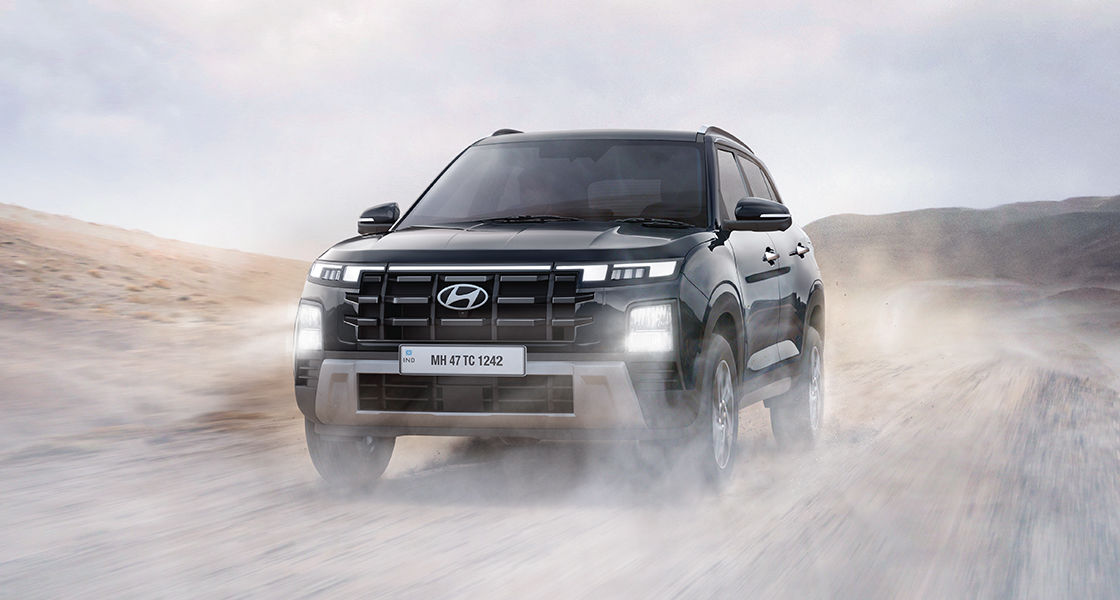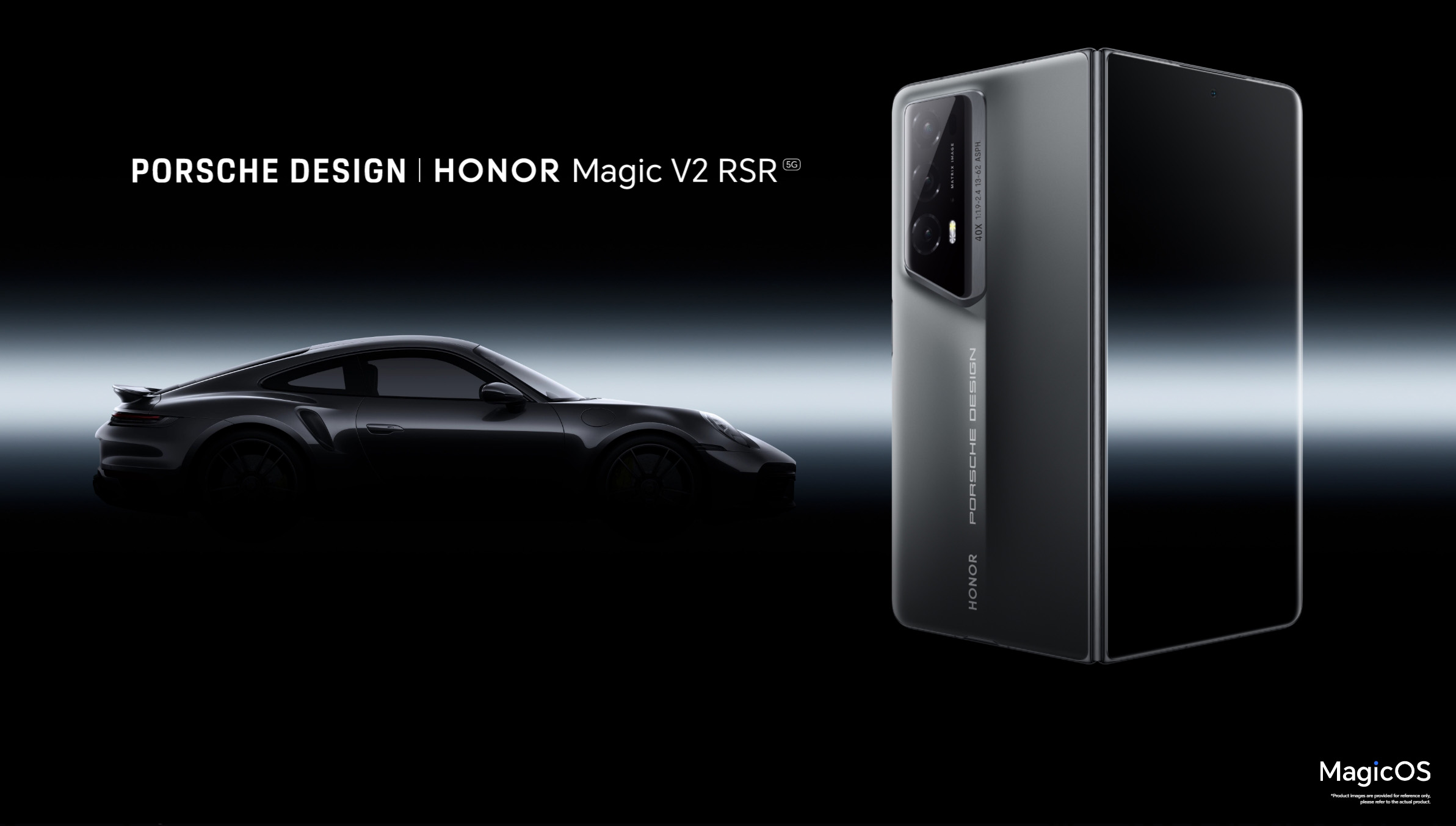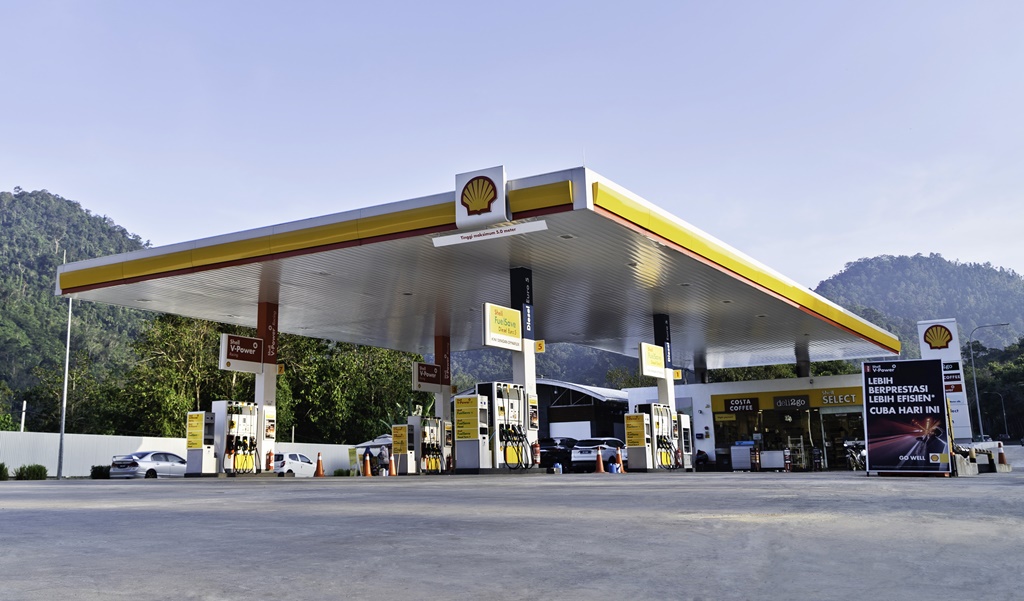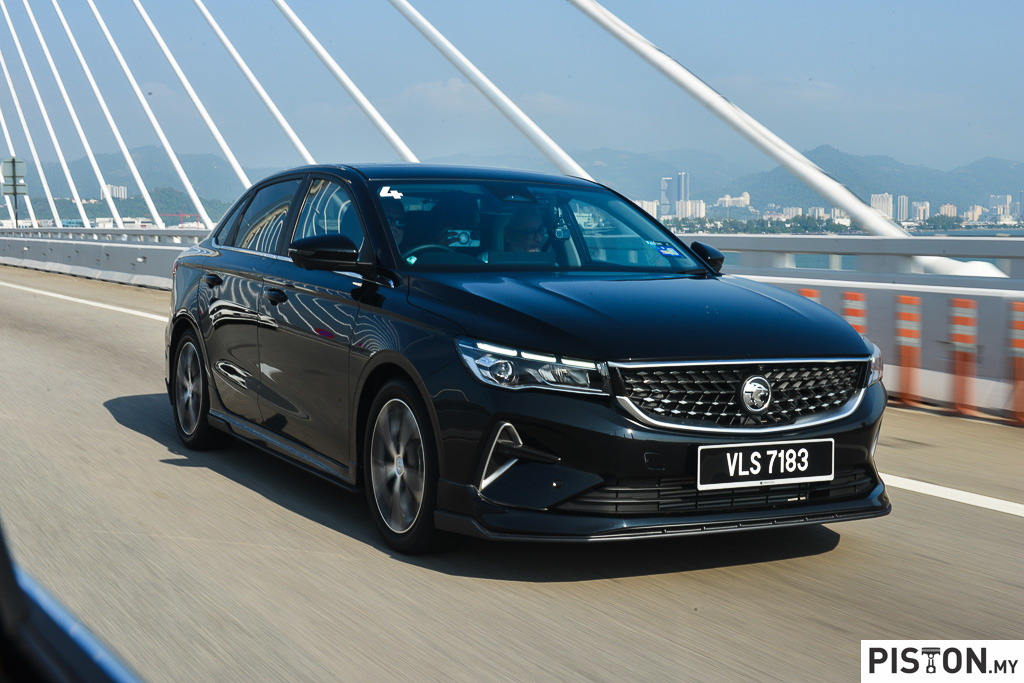The championship lead in Season 8 of Formula E again changed after Round 6 as Mercedes-EQ Formula E Team’s Stoffel Vandoorne claimed victory in Monte Carlo. Running a tactical drive around the famous street circuit, he beat polesitter Mitch Evans (Jaguar TCS Racing) and DS TECHEETAH’s Jean-Eric Vergne.
Evans had been close to a win in Monaco last year, before DS TECHEETAH’s Antonio Felix da Costa snatched it from him seconds from the end. This year, he had been looking forward to finally scoring the win, but it was evident that he couldn’t quite capitalise on the searing pace that saw him fly to pole position. Anyway, 18 points and second spot after a Rome win-double sees the Jaguar driver’s hot-streak continue.
Having started fourth, Vandoorne managed to get to the front after then-leader Pascal Wehrlein (TAG Heuer Porsche Formula E Team) retired from the lead with technical issues on Lap 16. The disappointed Porsche team was uncertain why their car turned completely off and shut down on the downhill section out of Mirabeau.
With Wehrlein’s car recovered, the racing got back underway until shortly after, a collision with Mahindra Racing’s Oliver Rowland saw Andre Lotterer hit the wall into Sainte Devote (Turn 1), ending his race early. Having secured the lead, Vandoorne stayed in control to emerge in a strong position after a full course yellow and Safety Car. He made good on both restarts to take the chequered flag first with race pace and energy in-hand.
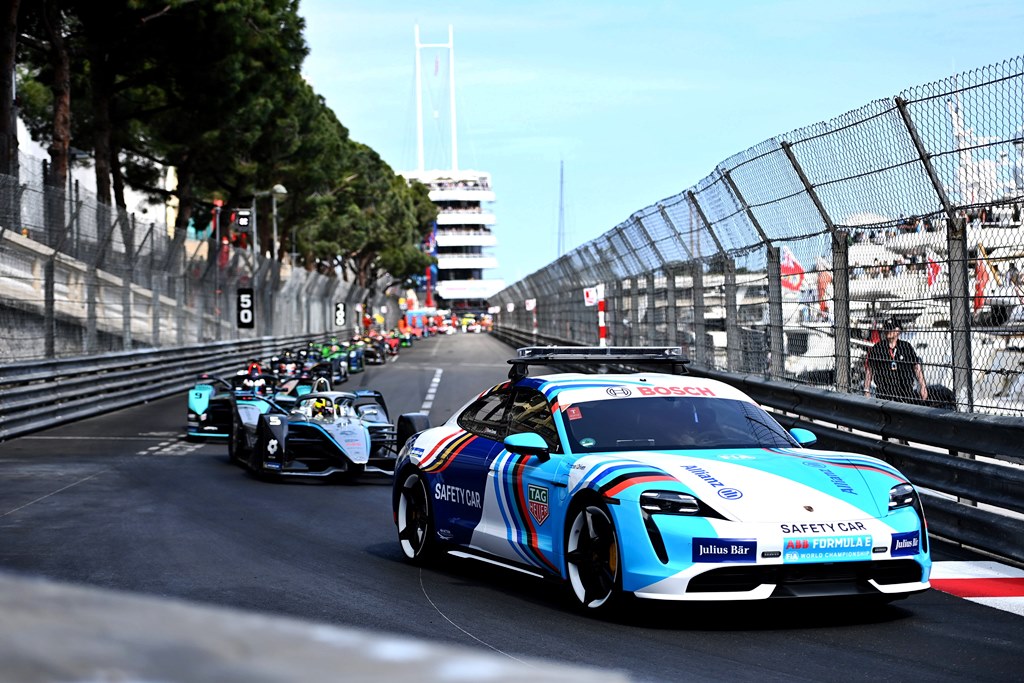
Vergne had sparred for the race distance with those ahead and fending off the late attentions of Envision Racing’s Robin Frijns who finished fourth, the Dutchman extending his consistent run of form. That made it a joint-high of three podiums for Vergne and he remains the only driver to score points in every race this season.
Antonio Felix da Costa made it two DS TECHEETAHs in the top five finishers, with Lucas di Grassi taking sixth for ROKiT Venturi Racing, Unfortunately, Edoardo Mortara retired late on having run much of the race alongside his teammate in the points.
The series will next be in Berlin for two rounds on May 14/15, at which time the championship will be at its halfway point. After Berlin will be a round in Indonesia, which will host a Formula E round for the first time at a purpose-built circuit in northern Jakarta.
Formula E Gen3 racing car unveiled, to be used from Season 9 in 2023


